2018 Project Preview
/2017 was a record year for launching the blog, doing two One Room Challenges, and sharing the renovation progress of the bathroom and kitchen. But, 2018 is going to be the year of major remodels! Here's to hoping we can tackle each of the projects outlined below.
If you missed my 2017 recap, be sure to look through it to see how far we've come already.
1. The Kitchen
This will definitely be the biggest project of the year because it’s an entire gut job for a pretty big footprint - plus, it's a kitchen. I’m still in the planning stages but I’m getting oh-so-anxious about a more efficient layout and cabinets that aren’t falling apart. Our current kitchen takes up a roughly 18’x17’ space (including the two mudrooms) which we'll demo, then reconfigure to fit a bathroom and closet for the nearby master bedroom. Which brings me to item number two.
2. The Master Bath
Have I mentioned we have one bathroom? We want to add an ensuite off the master bedroom. It will use some of the footprint of the existing kitchen and we’ll build it all from scratch with new plumbing and everything. We’ll do a nice sized shower, a window to the backyard, and a vanity with oodles of storage. I can’t wait!
3. The Master Closet
Along with the kitchen and bathroom configuration, we’ll carve out some room for the master closet. Our current closet is quite petite. It works for our needs because we aren’t big clothes people, but considering we store suitcases and linens in another closet, and accessing 1/3 of our clothes is a struggle, we could definitely use room to spread out and get more appropriately arranged storage. We hope to create a 5’x7’ walk-in closet that will also house drawers so we can do away with the dresser in the bedroom.
4. The Master Bedroom
Since we’re messing with the master closet and master bathroom, we might as well do the master bedroom, too, right?? The current room has mismatched Craigslist furniture that I bought when we lived in our apartment five years ago. If you recall from Instagram, we moved our bed as a test for the new layout and we ended up having weird dreams for a couple of weeks. That better not be a permanent.
5. The Backyard
When the kitchen configuration changes, the door to the backyard will move. This one small change to the layout has been the primary reason we haven’t tackled the backyard. We wouldn’t know where the kitchen door would lead, and we still don’t know if we’ll add backyard access from the master. So, we haven’t relandscaped in fear of putting a door directly in front of a shrub. Once the kitchen layout is 100% finalized, I’m going to be ready to rip off the temporary deck, haul away (or cut into pieces) the 8-person jacuzzi that we never use, and add some fresh plantings.
6. The One Room Challenge
I’m so honored to have won the One Room Challenge along with my friend Natasha. House Beautiful magazine selected us as the top two room transformations, so we have automatically been added to the list of featured designers in the spring 2018 event! I still don’t entirely know what room I’m going to do or what my plans will be, so stay tuned!
7. Share The Front Yard Landscape
Last year, we upgraded the front elevation of the house with some cosmetic exterior changes and a garden in the front yard. We’ve enjoyed this exterior space for awhile now but I haven’t shared it on the blog, so stay tuned for posts on how I repaired the stucco on the house and designed a low-water garden.
8. Share The Laundry Move
Did you notice that the laundry used to live in the kitchen? Last year, we hid it in a secret spot. Maybe I'll tell you where we put it.
Blog Preview
I have a few goals for the blog itself, too!
Open an online shop: I have some cool vintage finds that I'd love to give to a new home, and I'd be happy to put my art school degree to work by selling some of my own pieces. Perhaps art prints of the mural I hand-painted?
Create videos: I published my first-ever video last year and want to keep experimenting with the medium in 2018. Click that red subscribe button to follow my YouTube channel.
Post more: This year I've posted 2-3 posts a week, and I hope to maintain that schedule if not increase to 4+ times a week.
Share the messy stuff: I plan to show more behind-the-scenes, the struggles of fixing up an old house, and the minutia of maintaining a home.
Support artists: I want to buy more original art for my home and promote the creators that inspire me.
FOLLOW ALONG!
Don't miss out on what I have coming up in the new year!
Subscribe to emails (get an email each time I post, or once a week)
Read on Bloglovin' (get all the posts, but in the app)
Admire on Instagram (see photos that never make it to the blog and watch my Stories)
Follow on Facebook (pretty much the same as Instagram and blog posts, but no Stories)
Subscribe on YouTube (I hope to do more than one video in 2018!)
Pin with me on Pinterest (see what inspires me before I implement the design in my home)
To see before and afters of each room, click here and to shop the house, click here. Fingers crossed I can accomplish everything I hope to tackle in the new year!


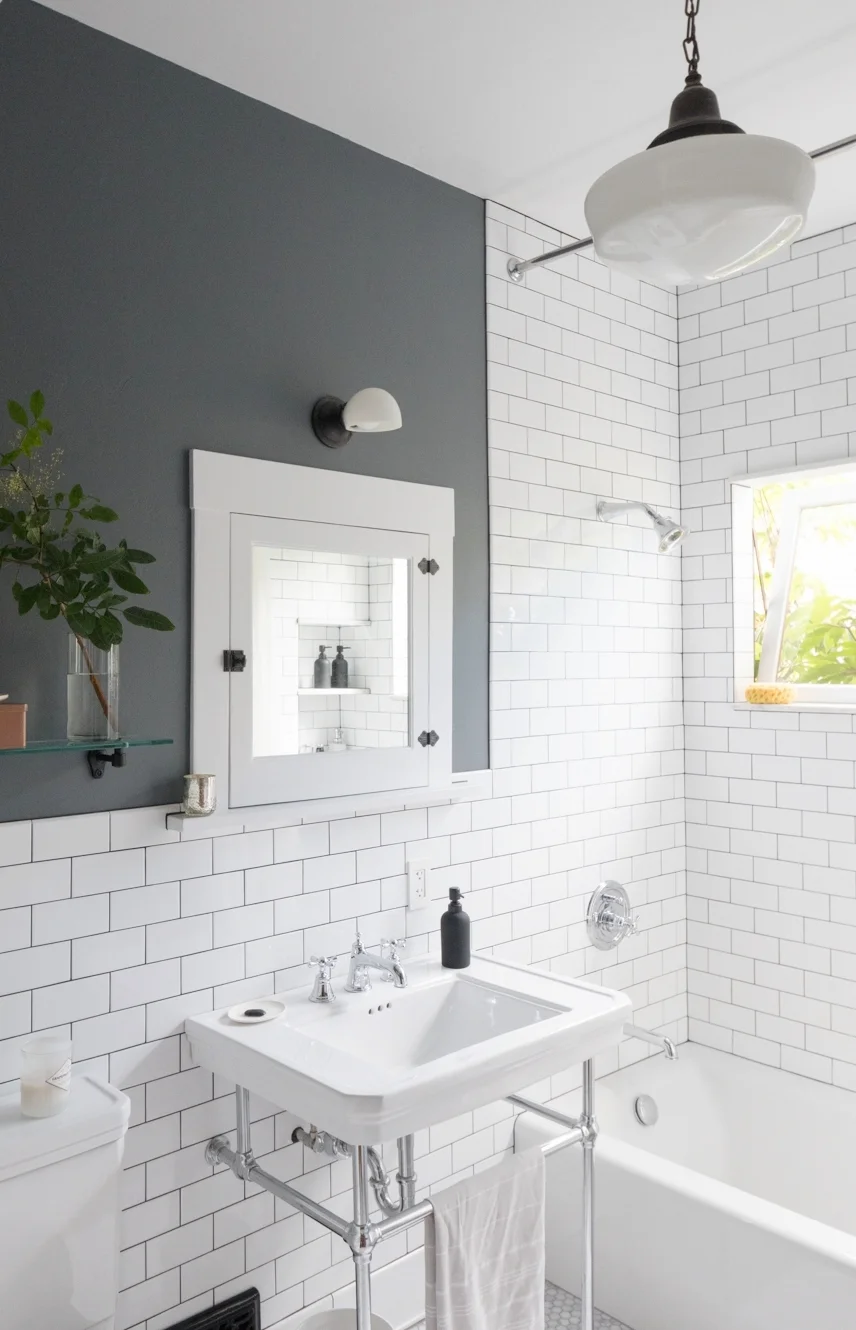
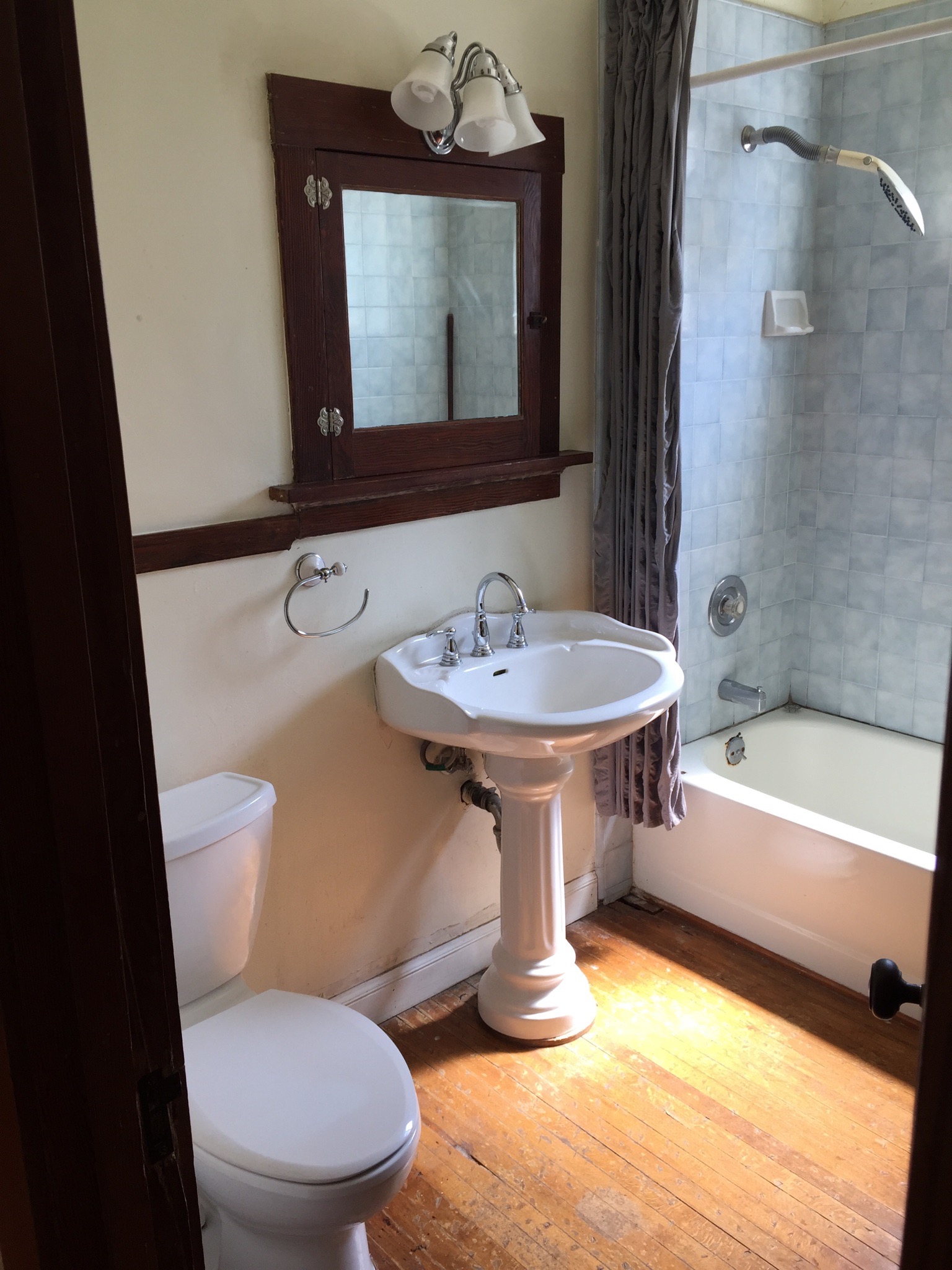



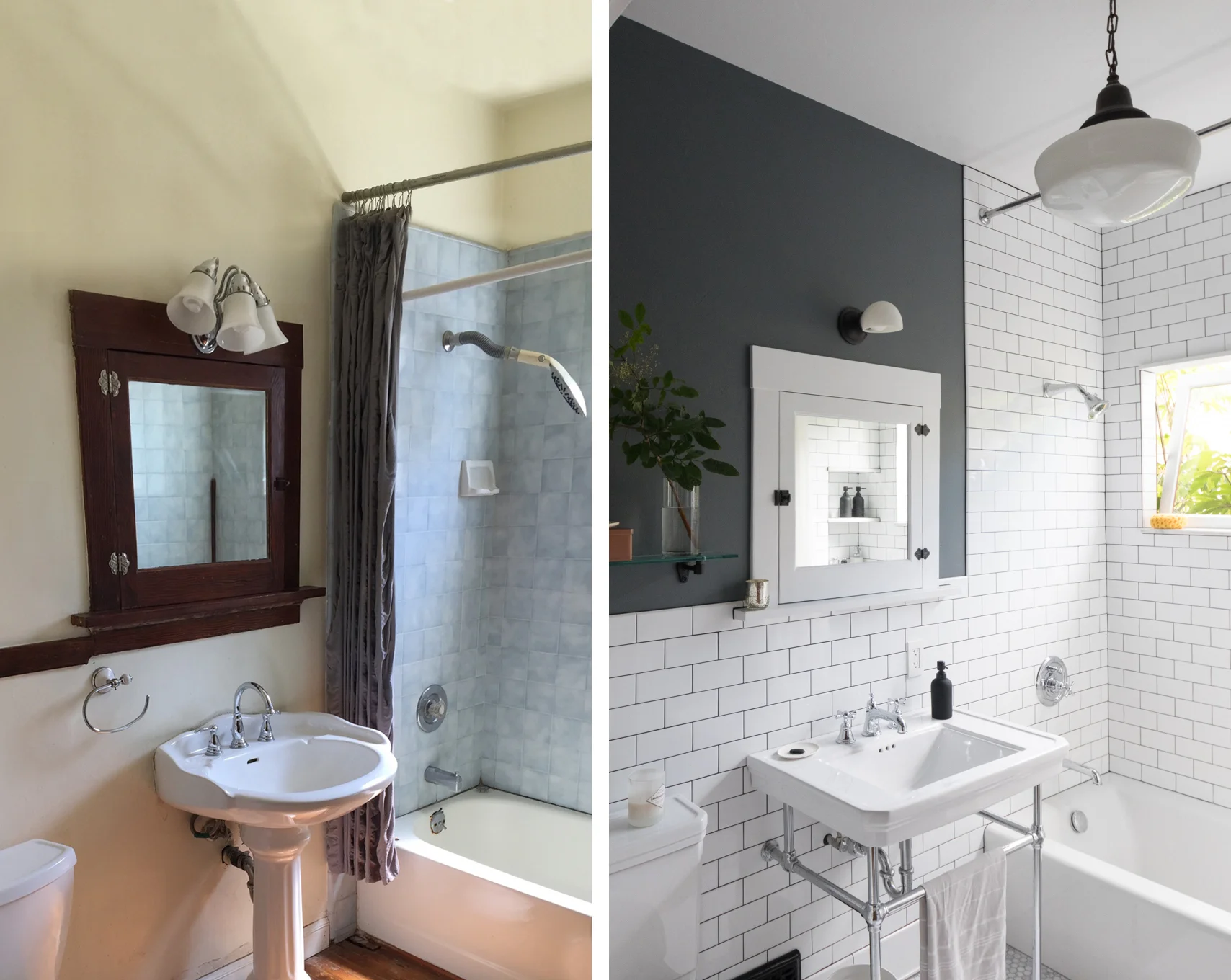


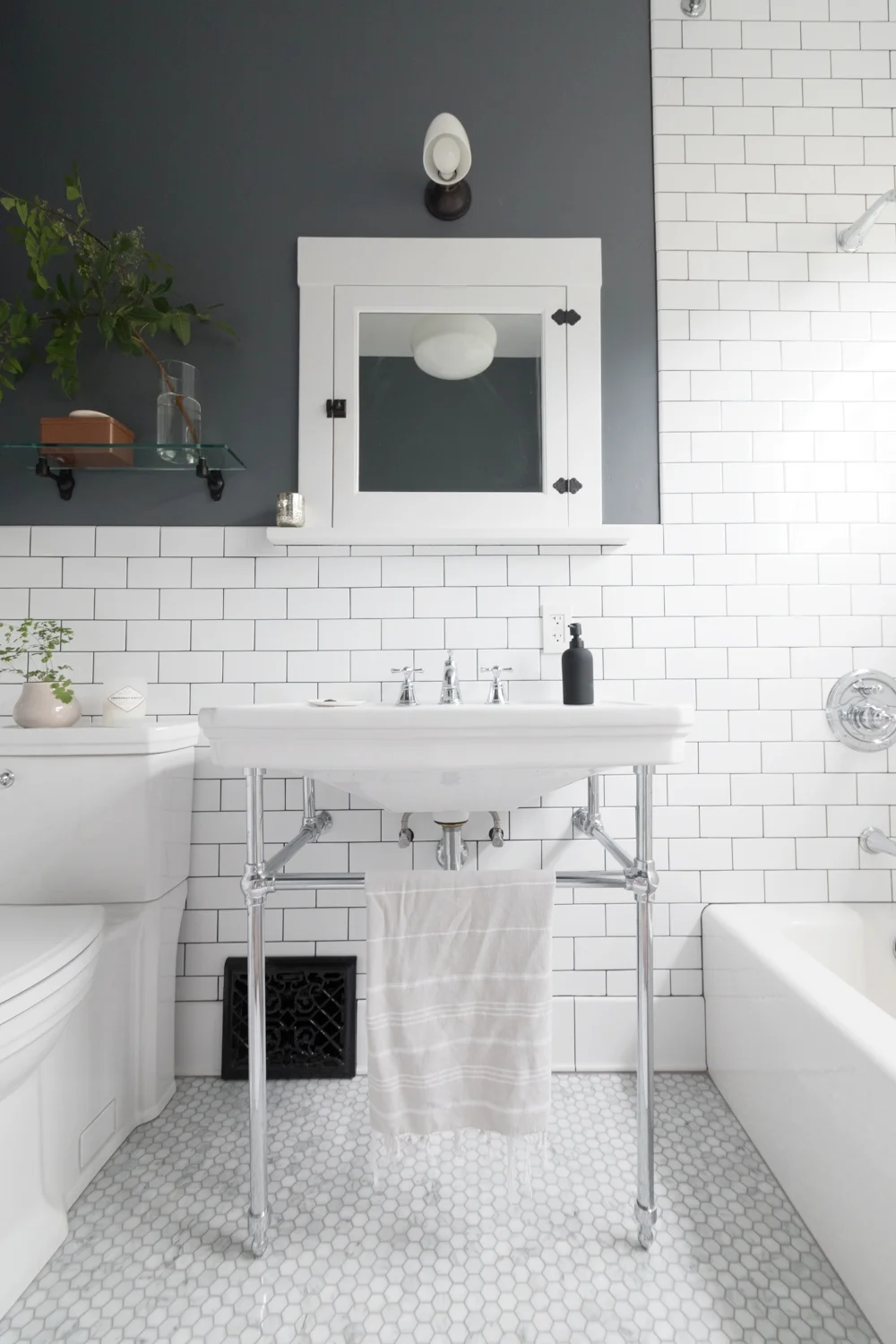

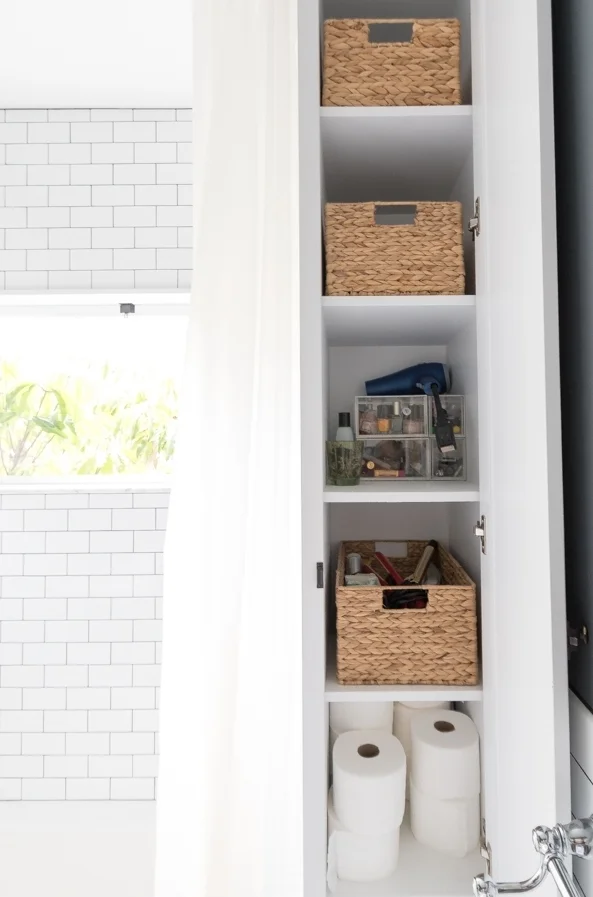
















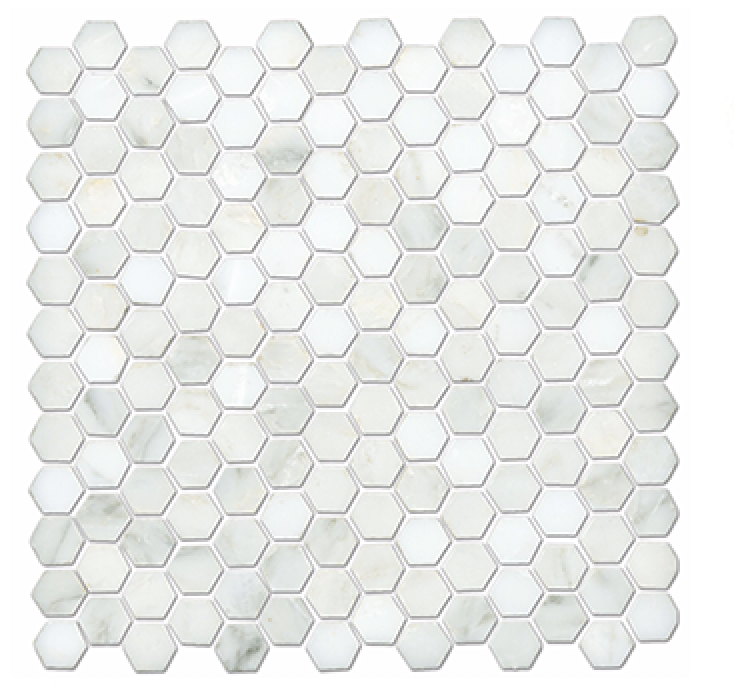
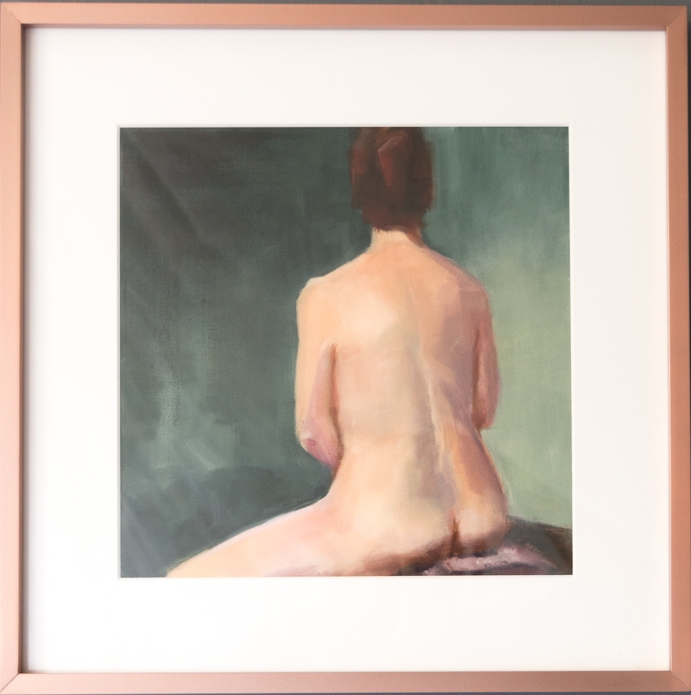

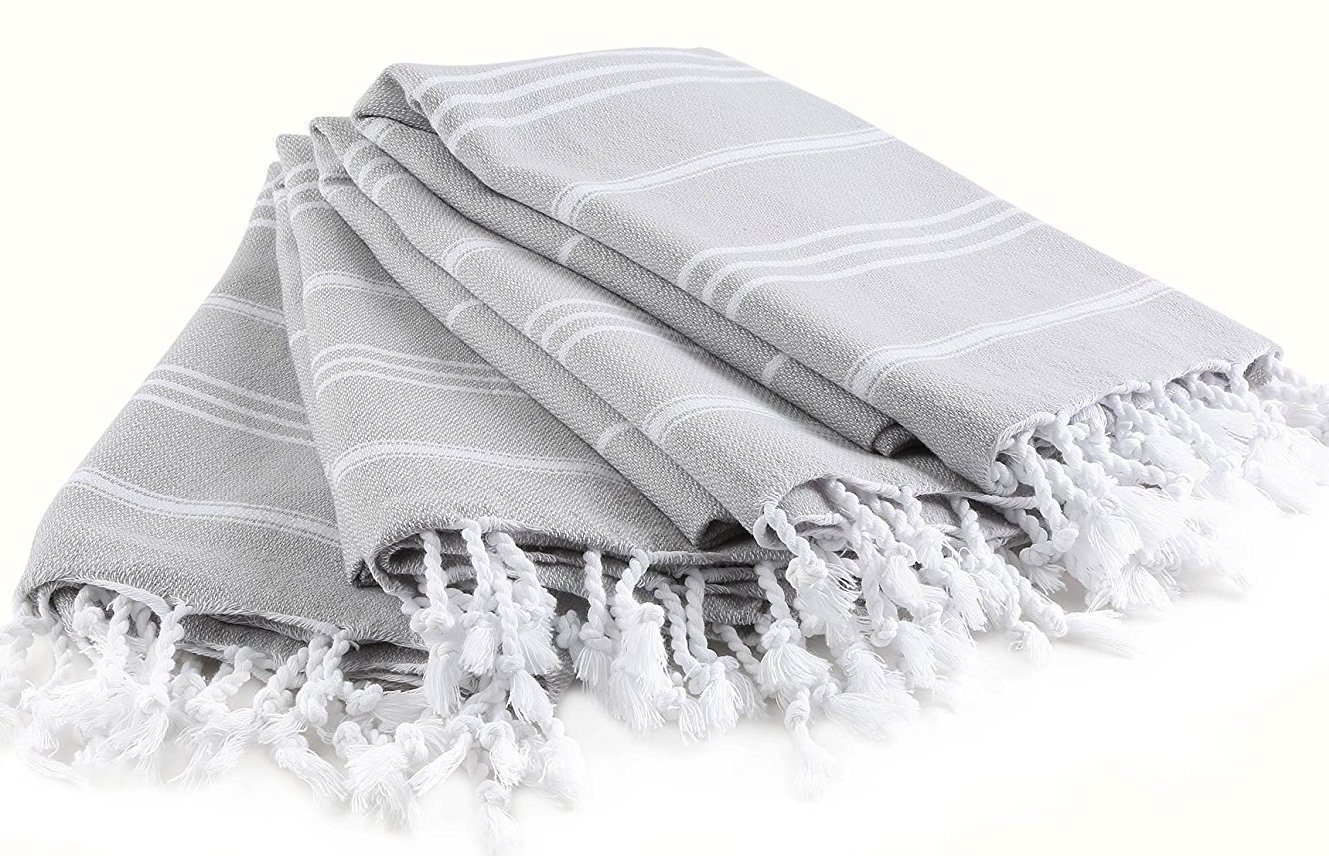
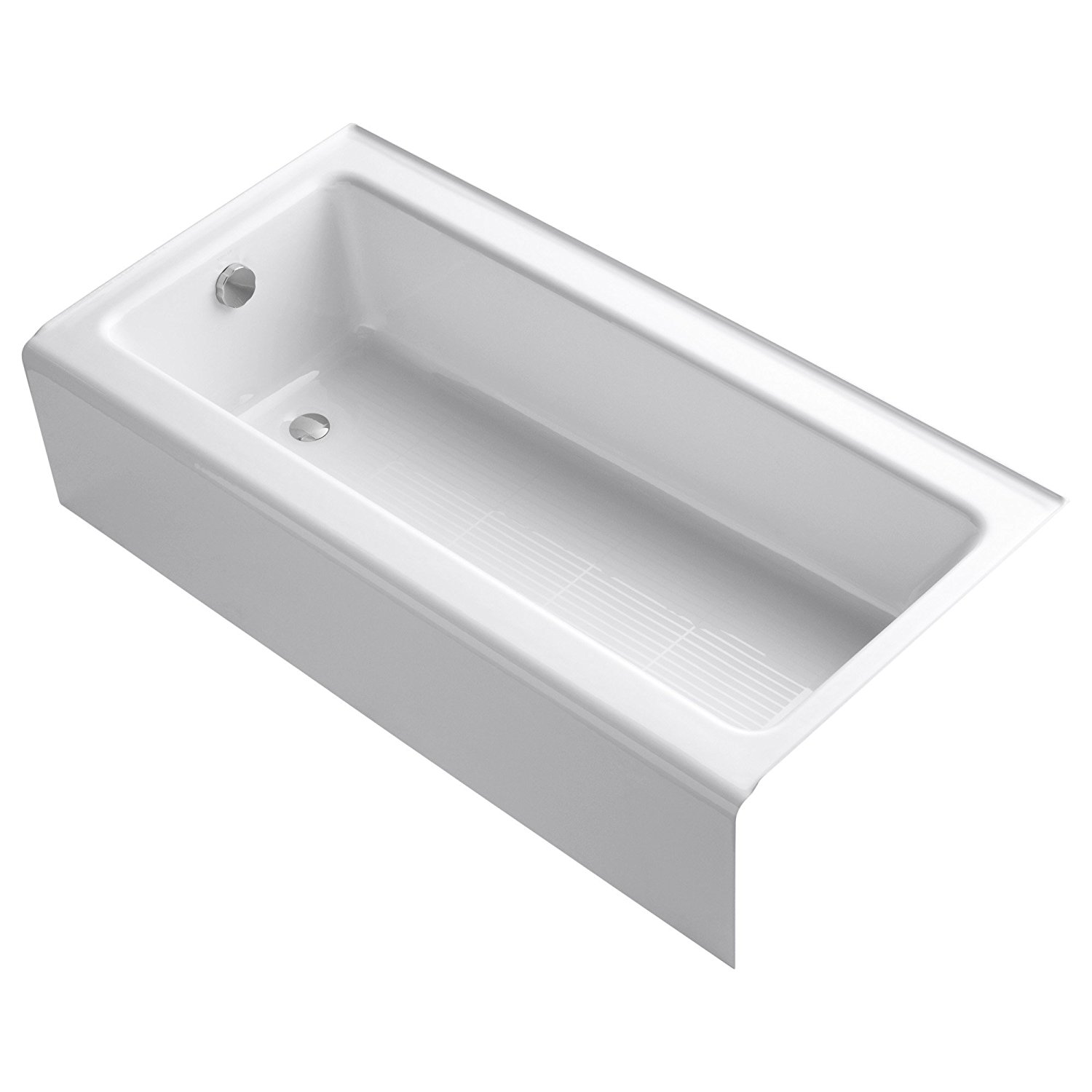
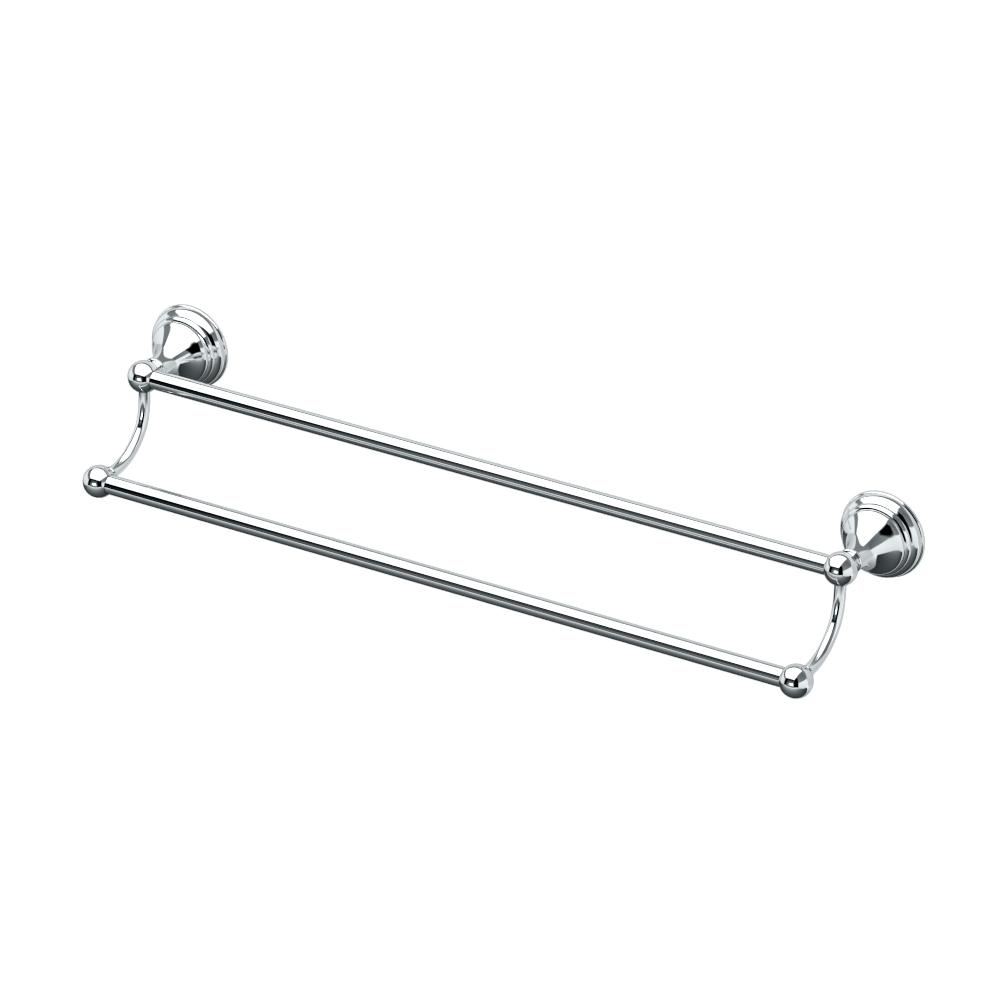
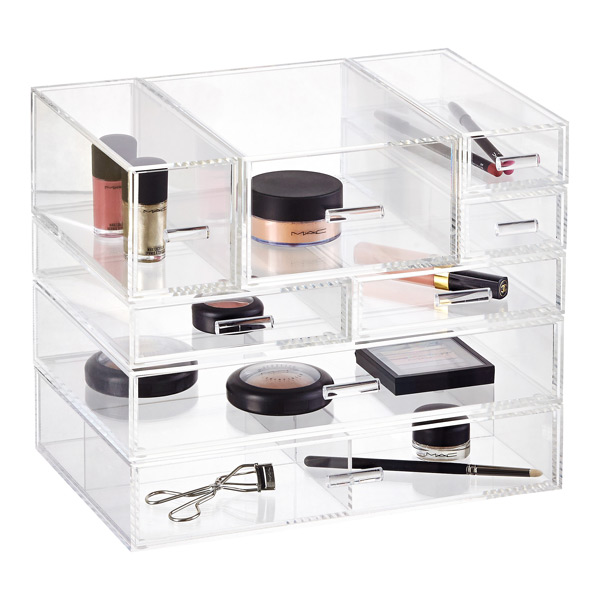
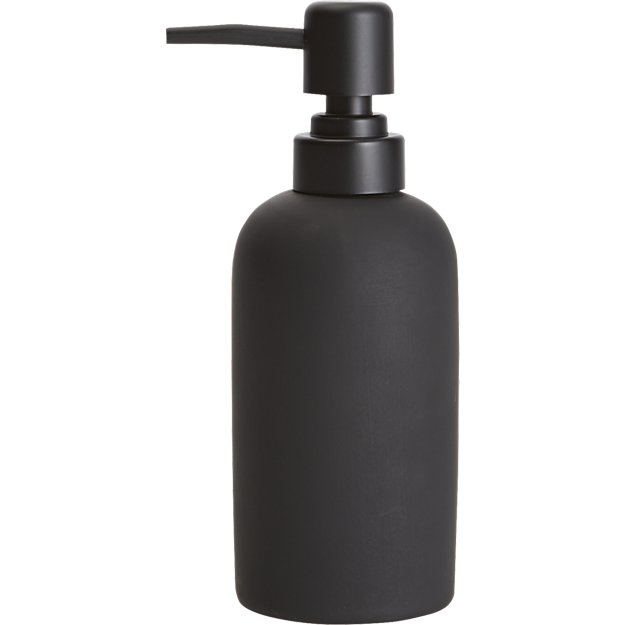
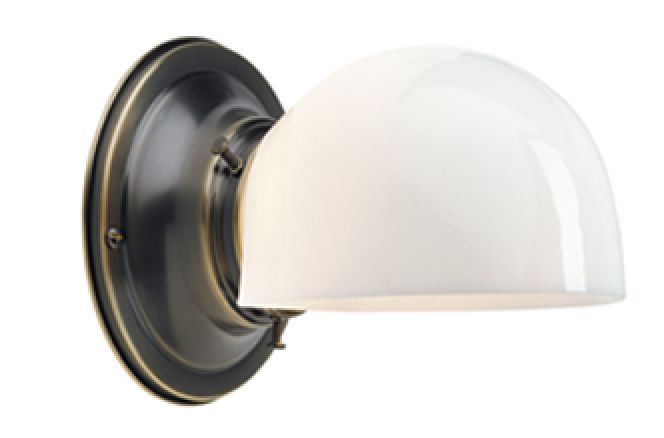
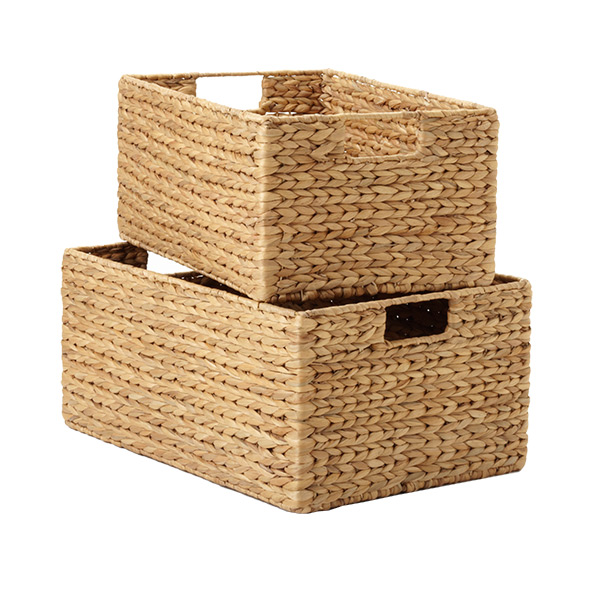
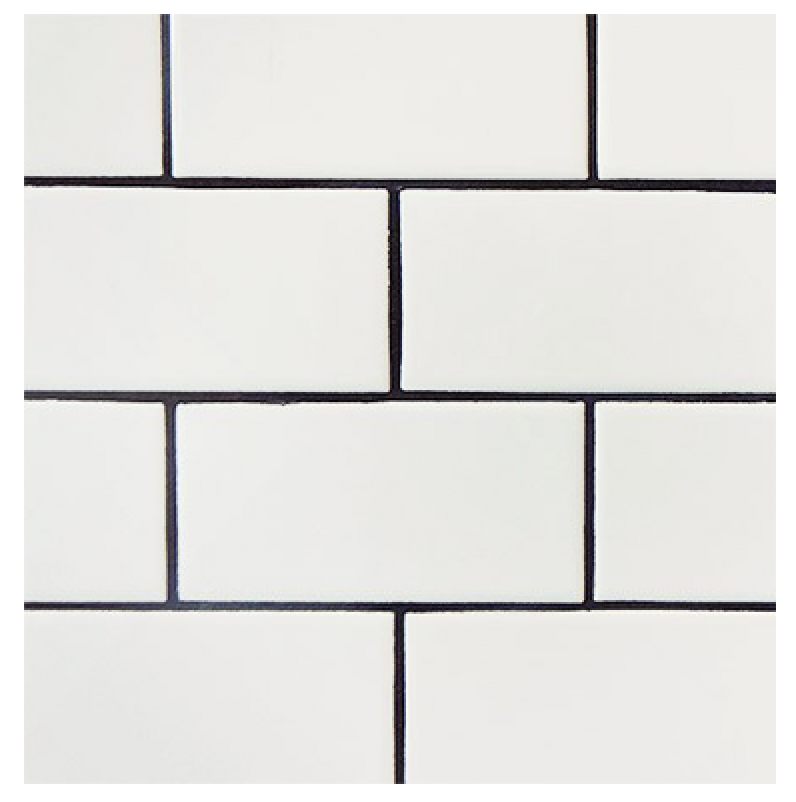
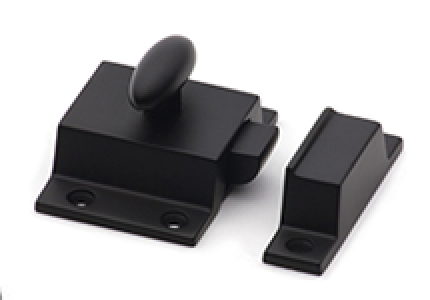
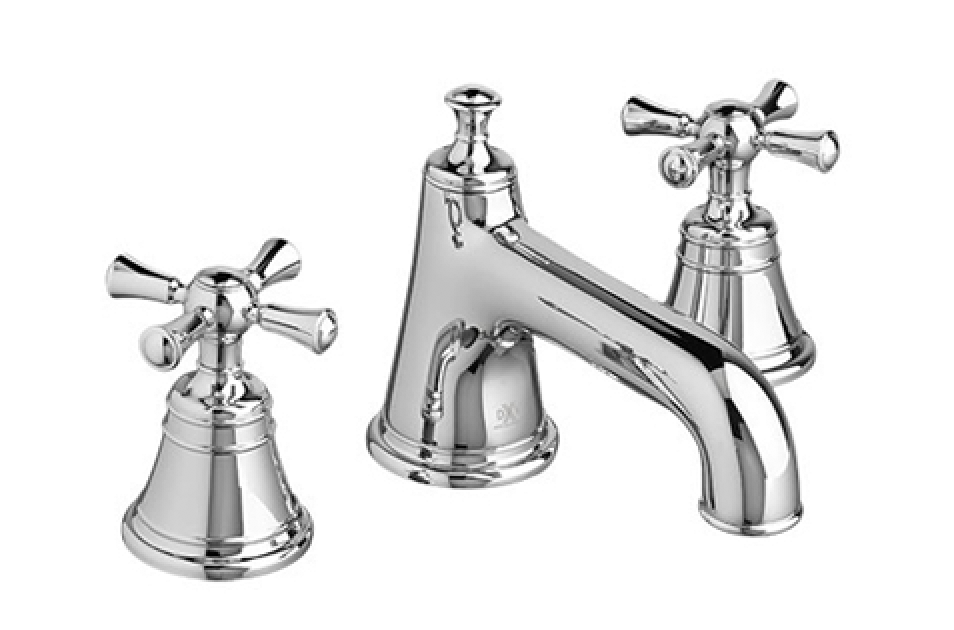
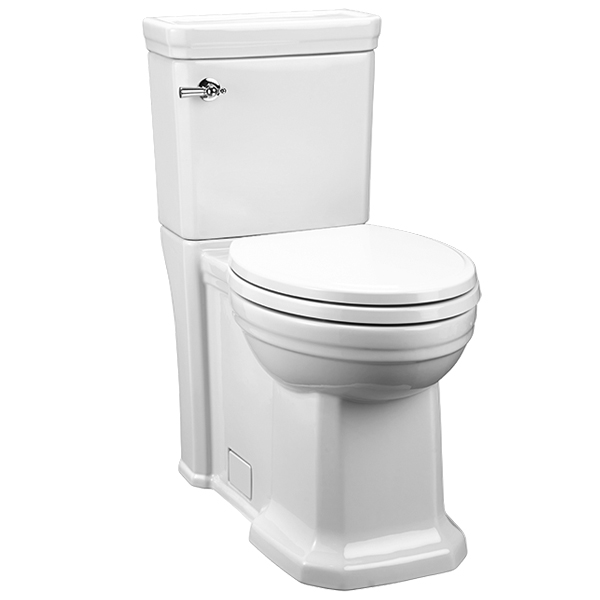
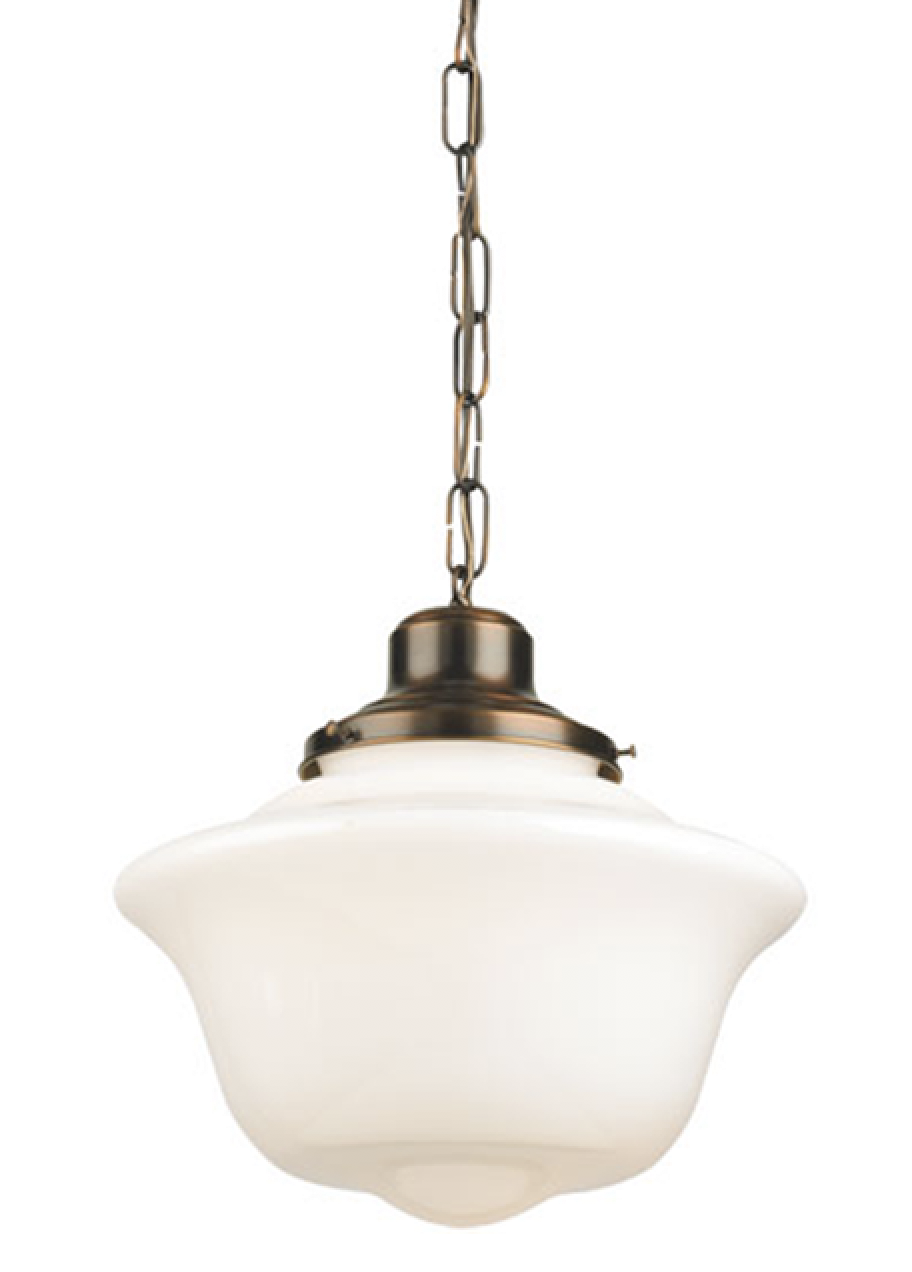
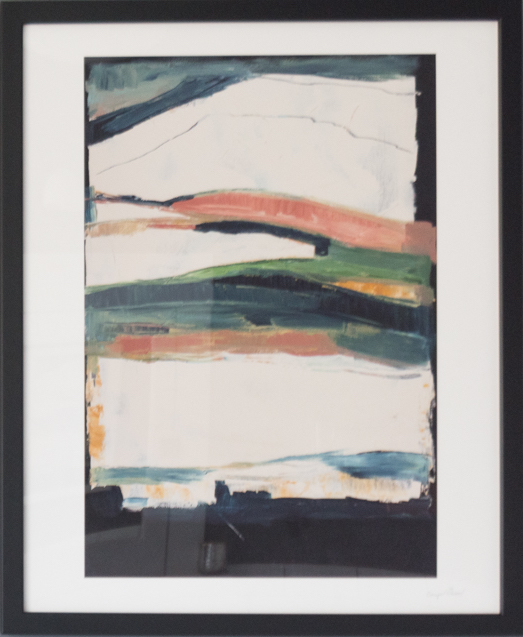
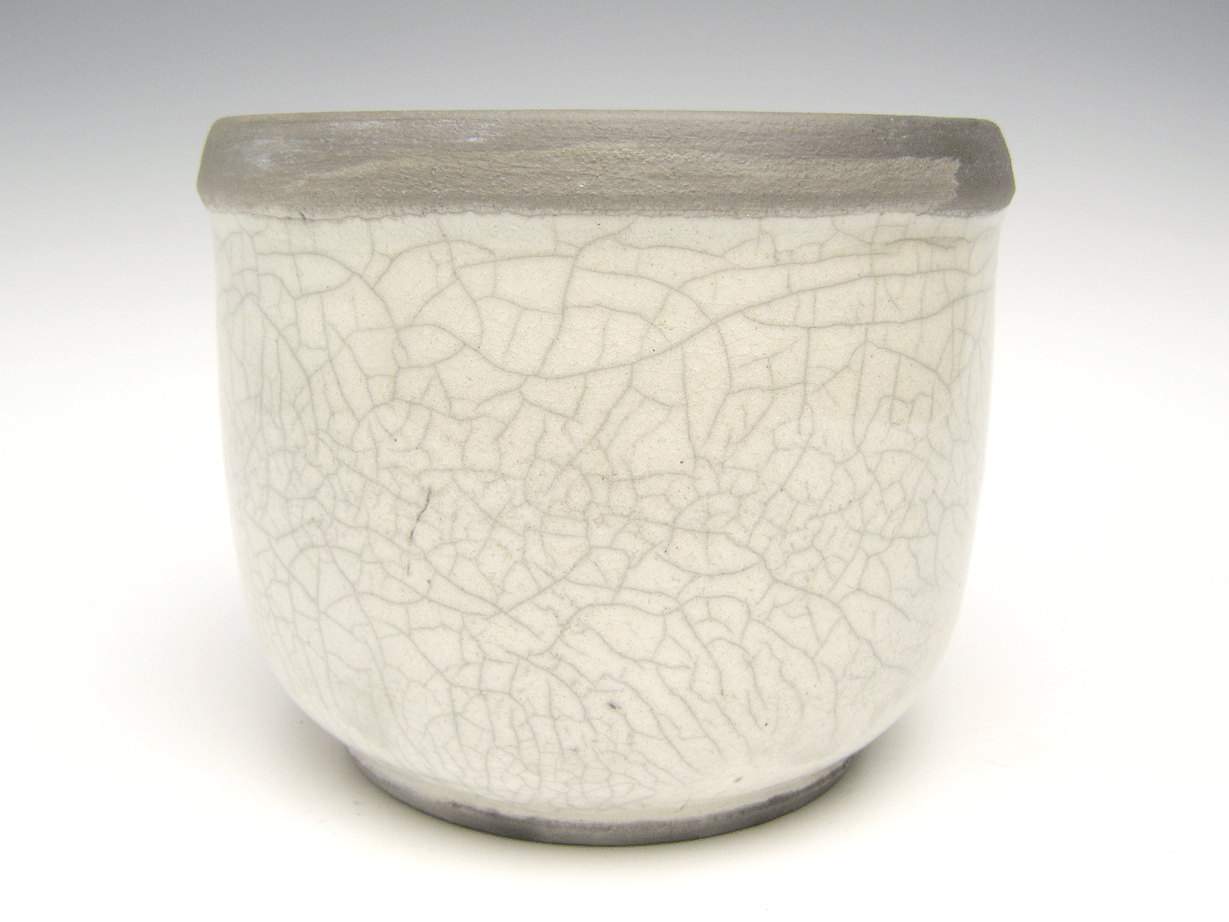

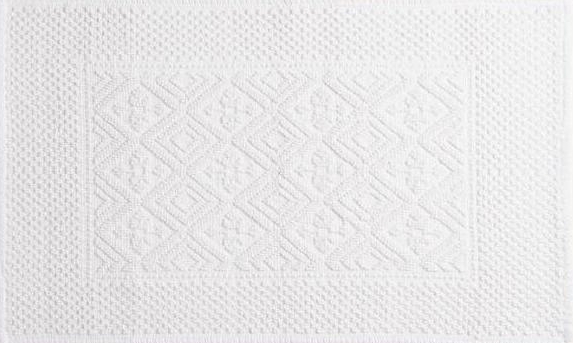

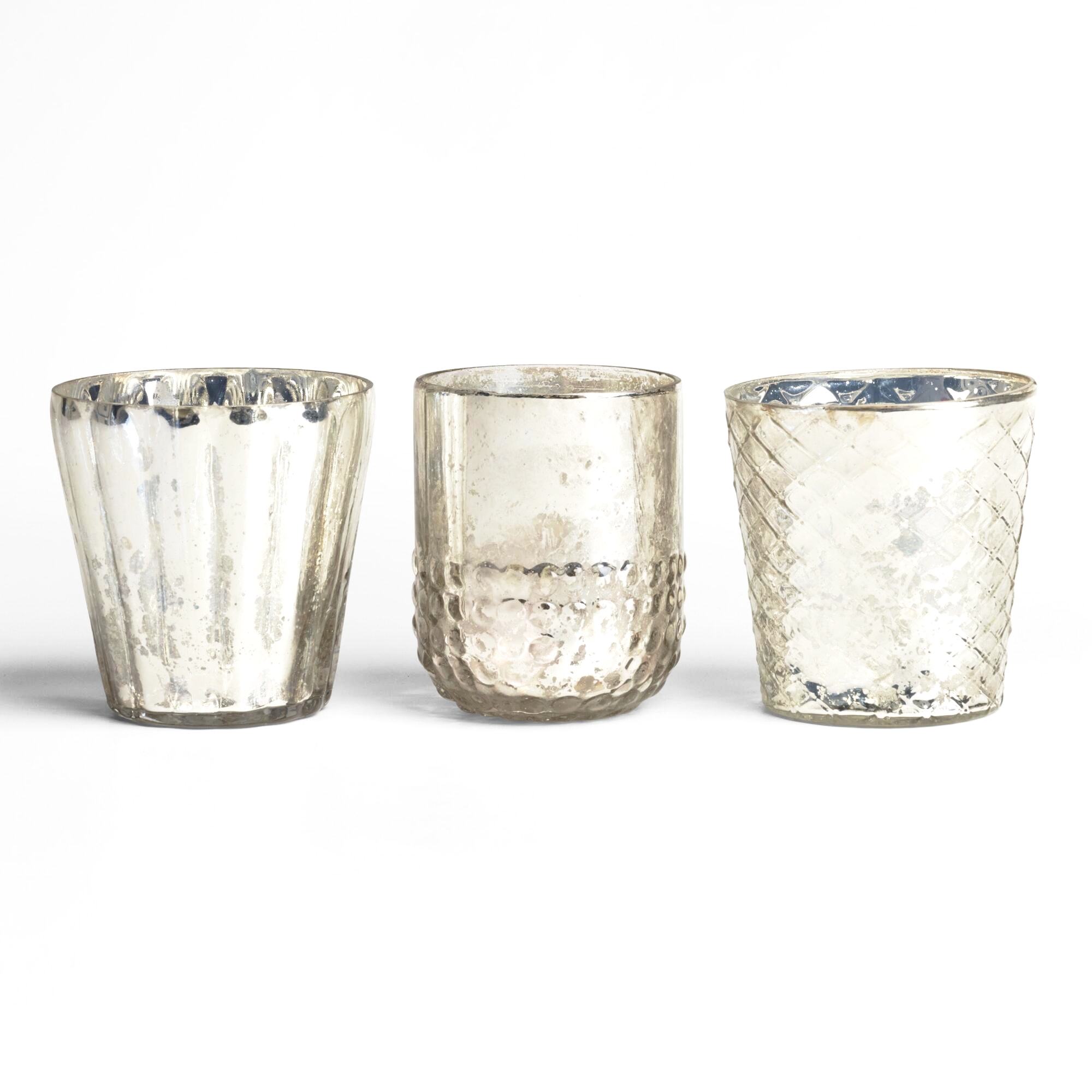
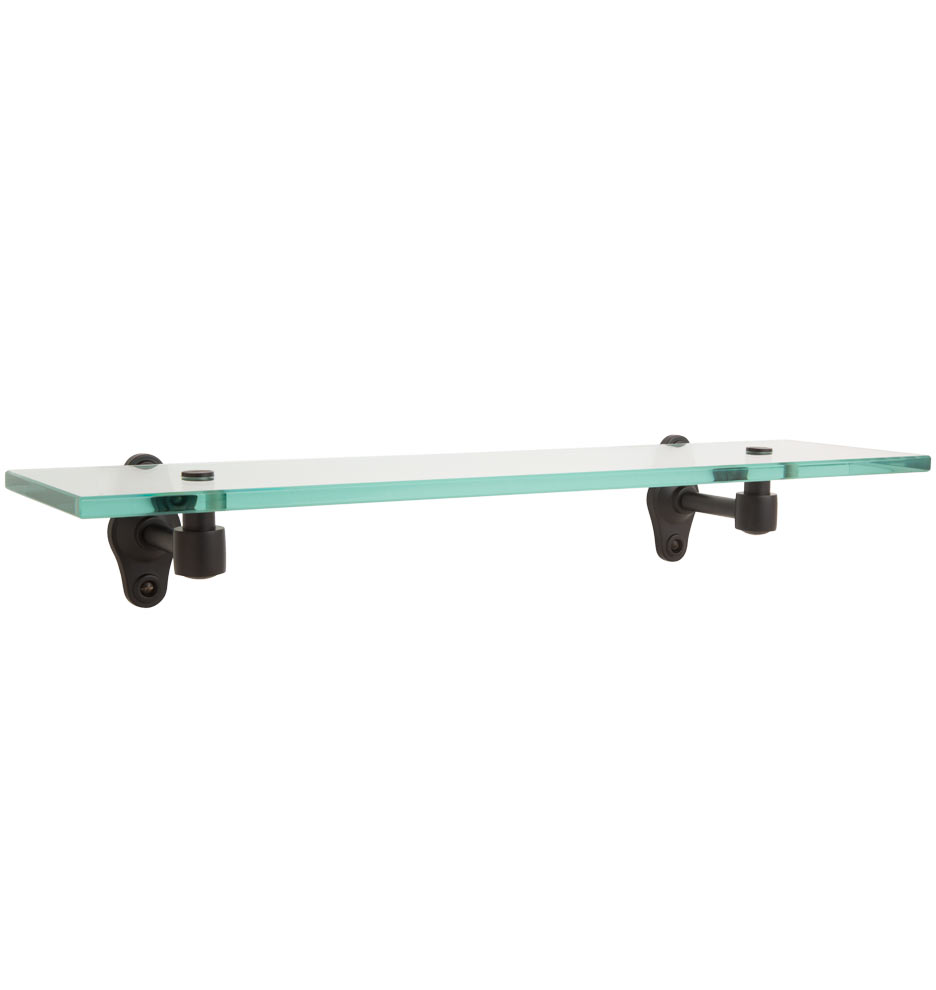

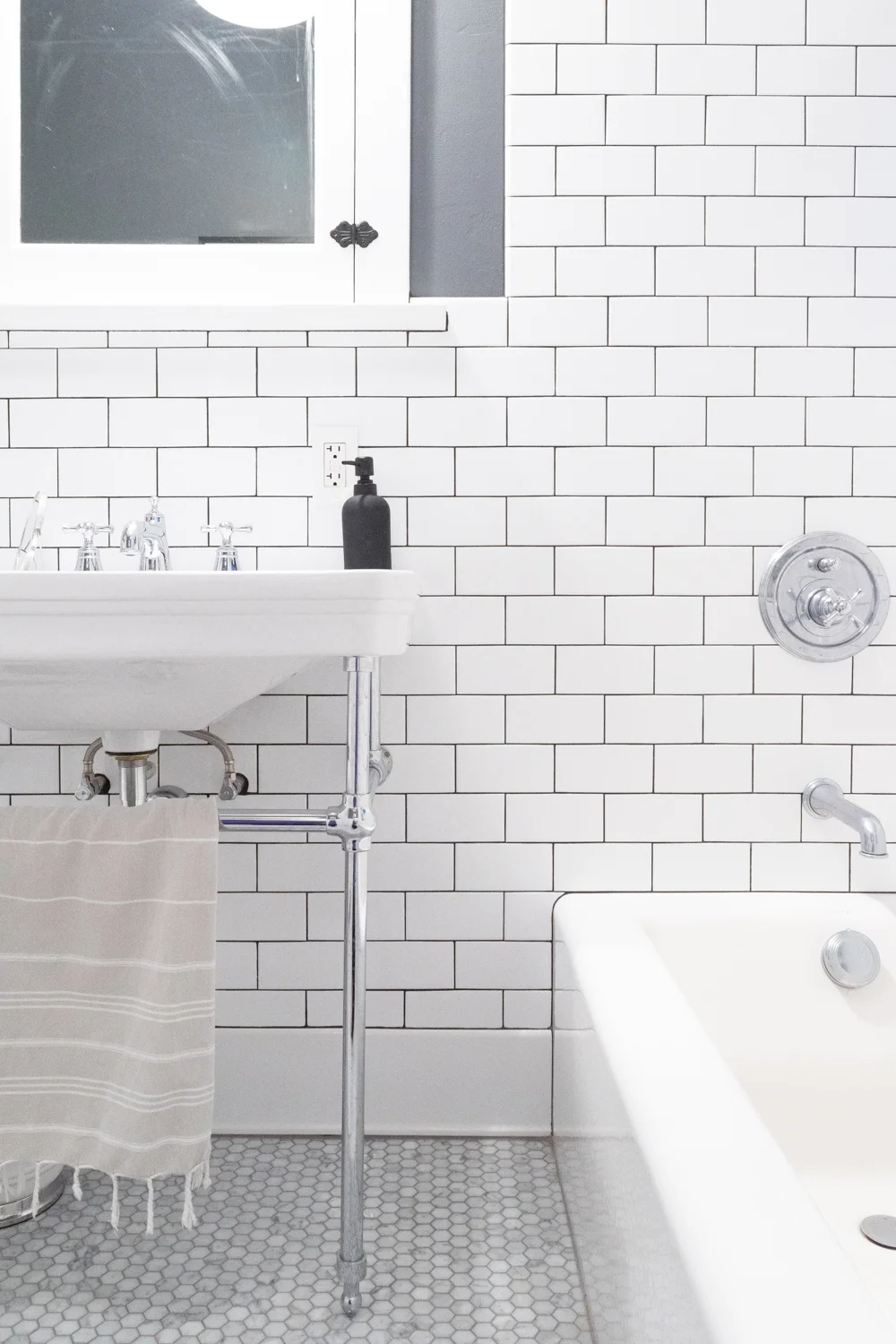
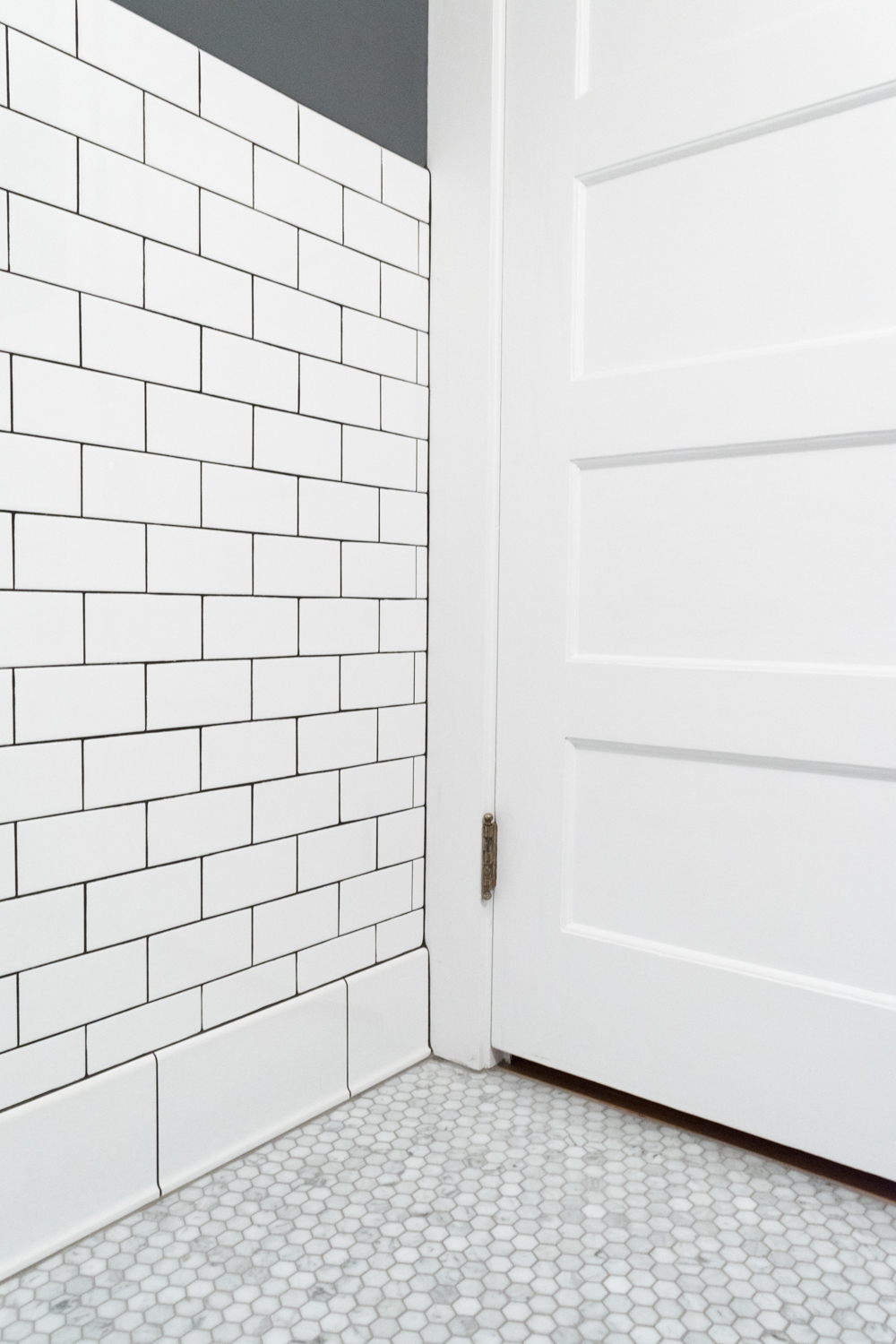
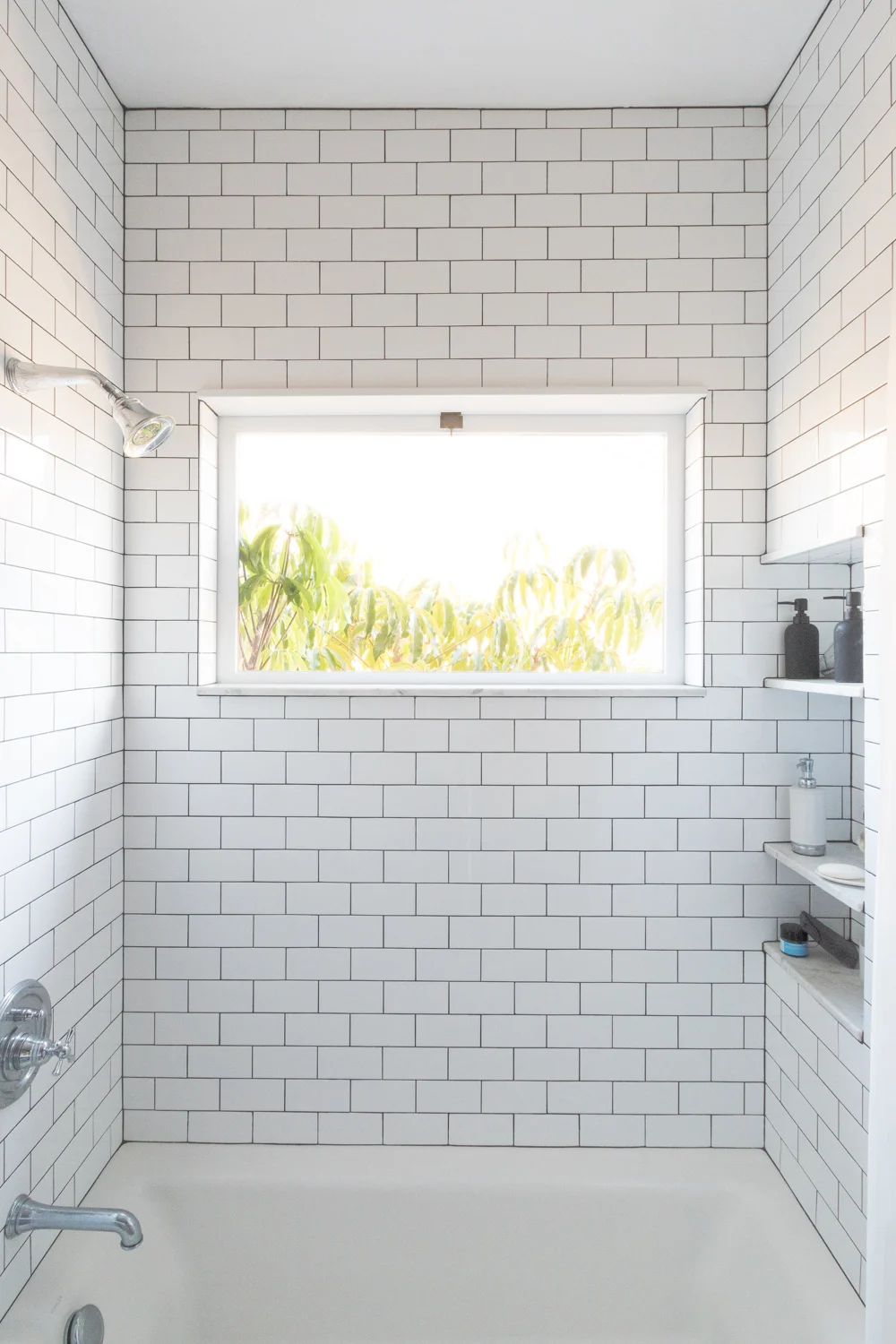
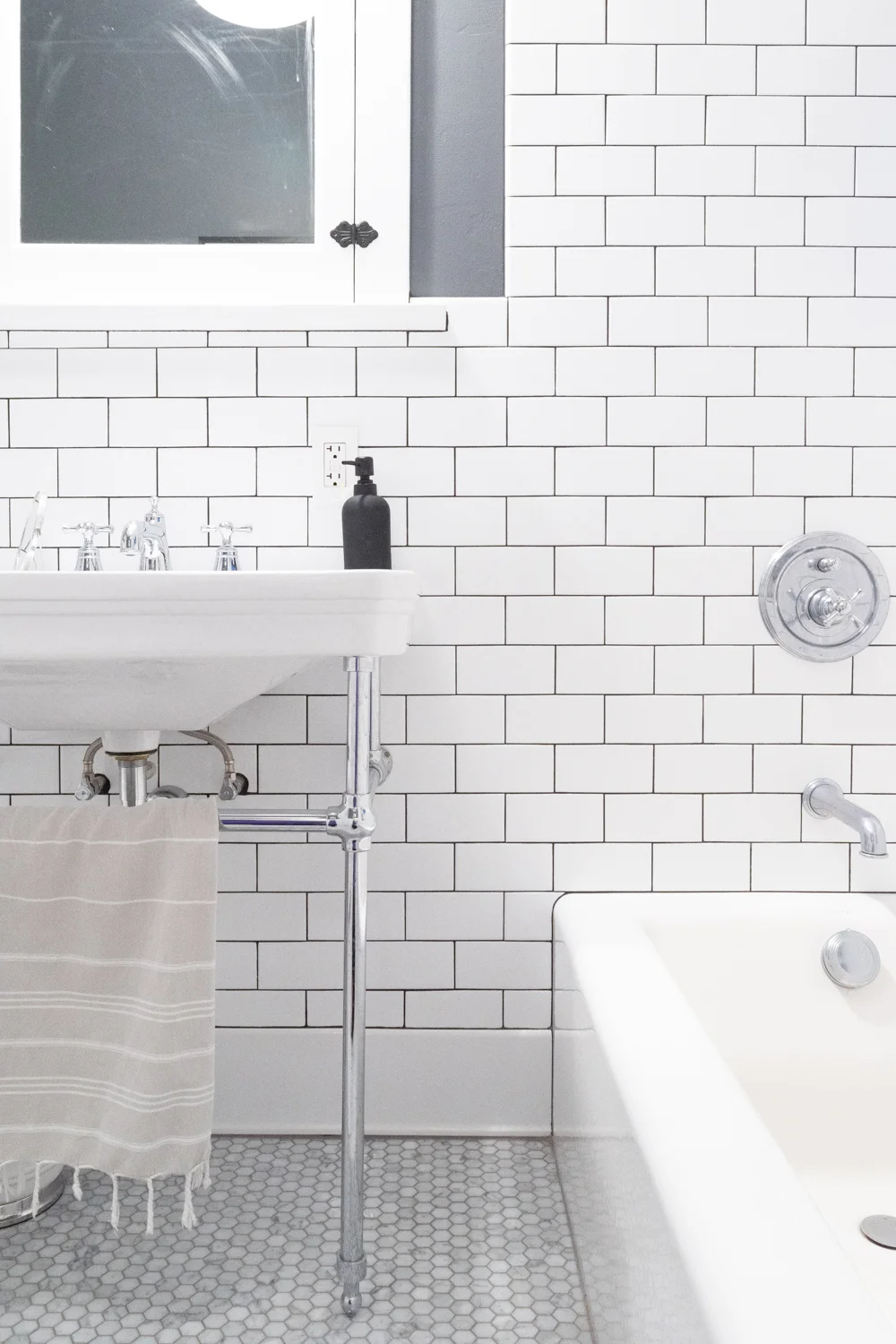

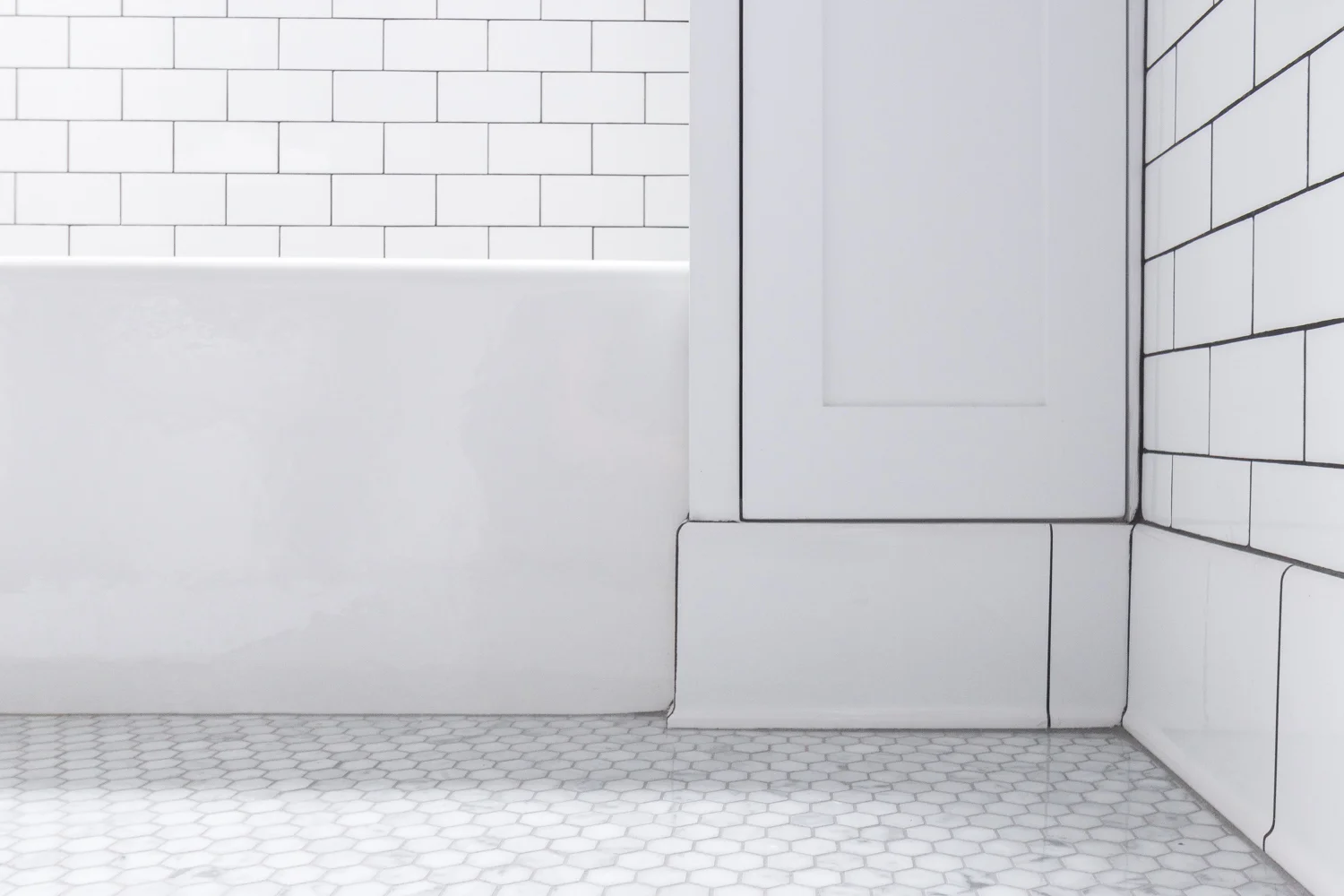
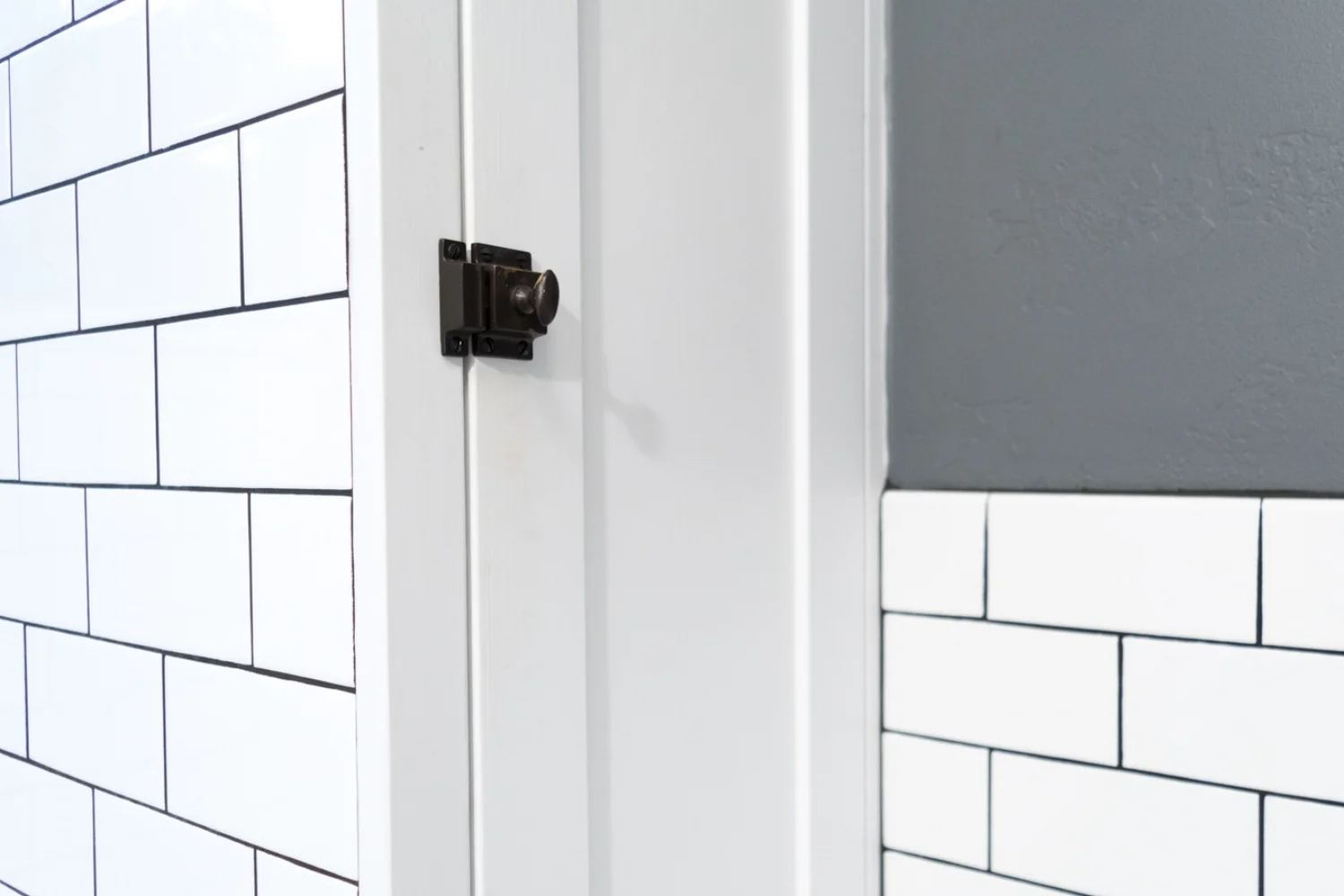
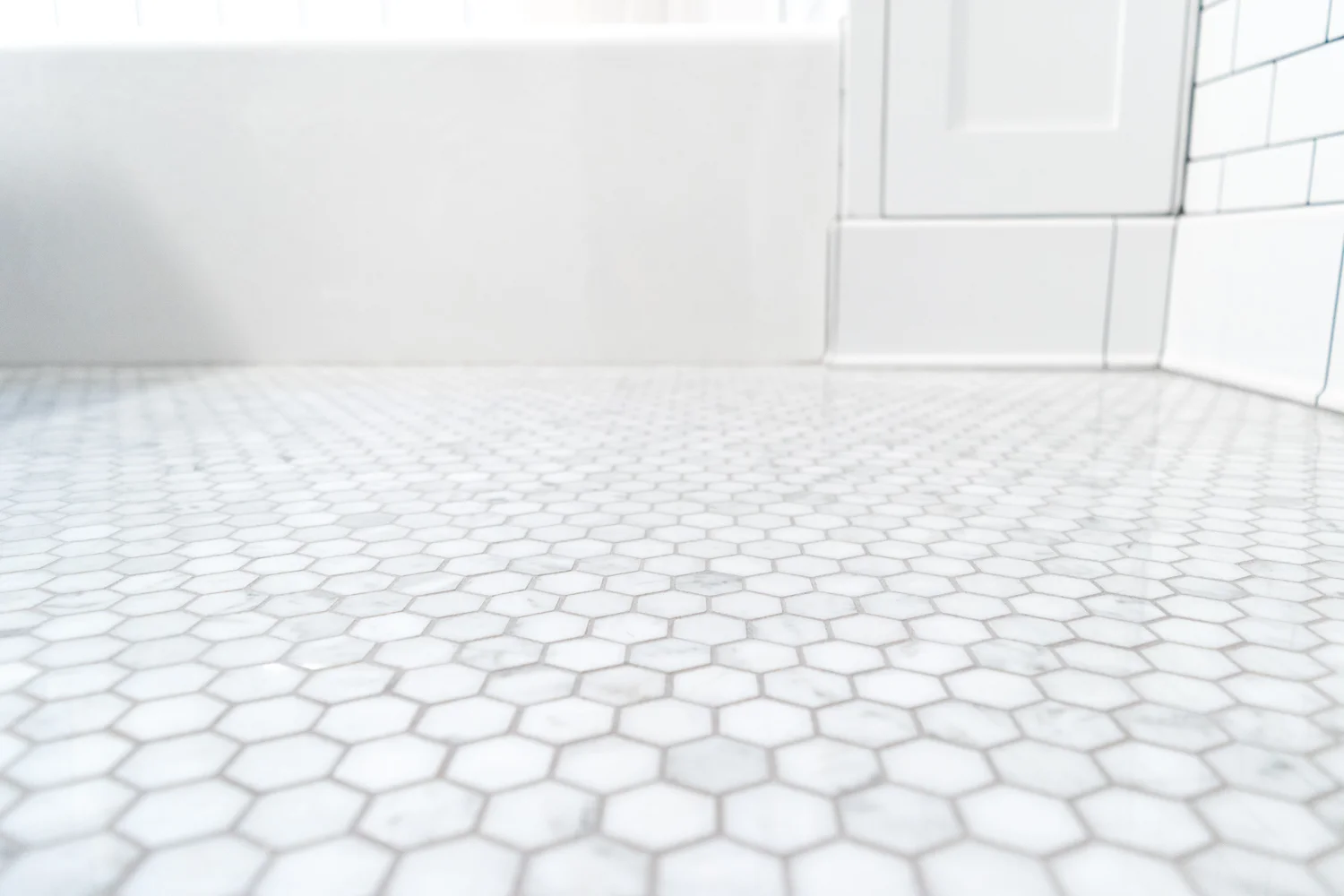
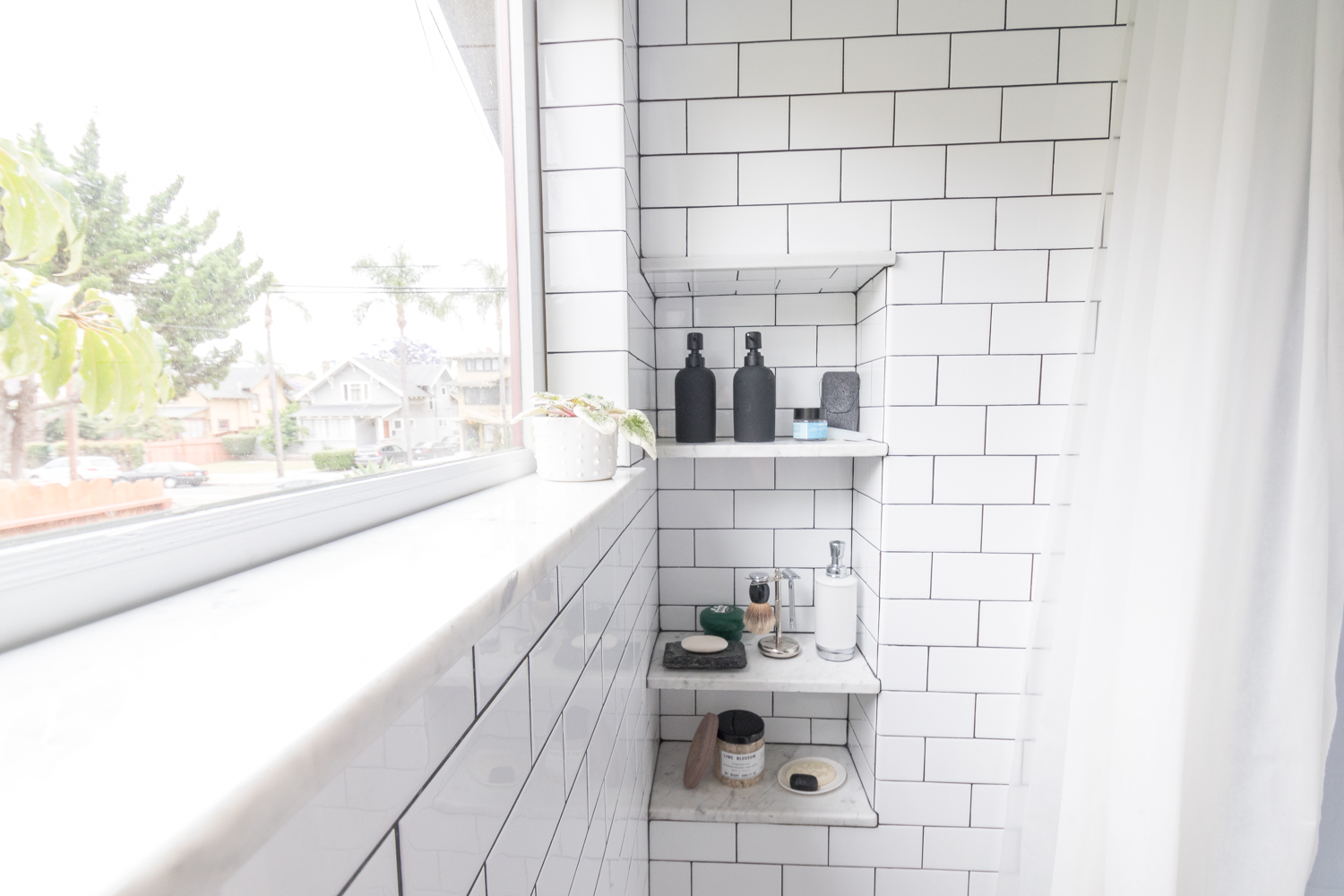
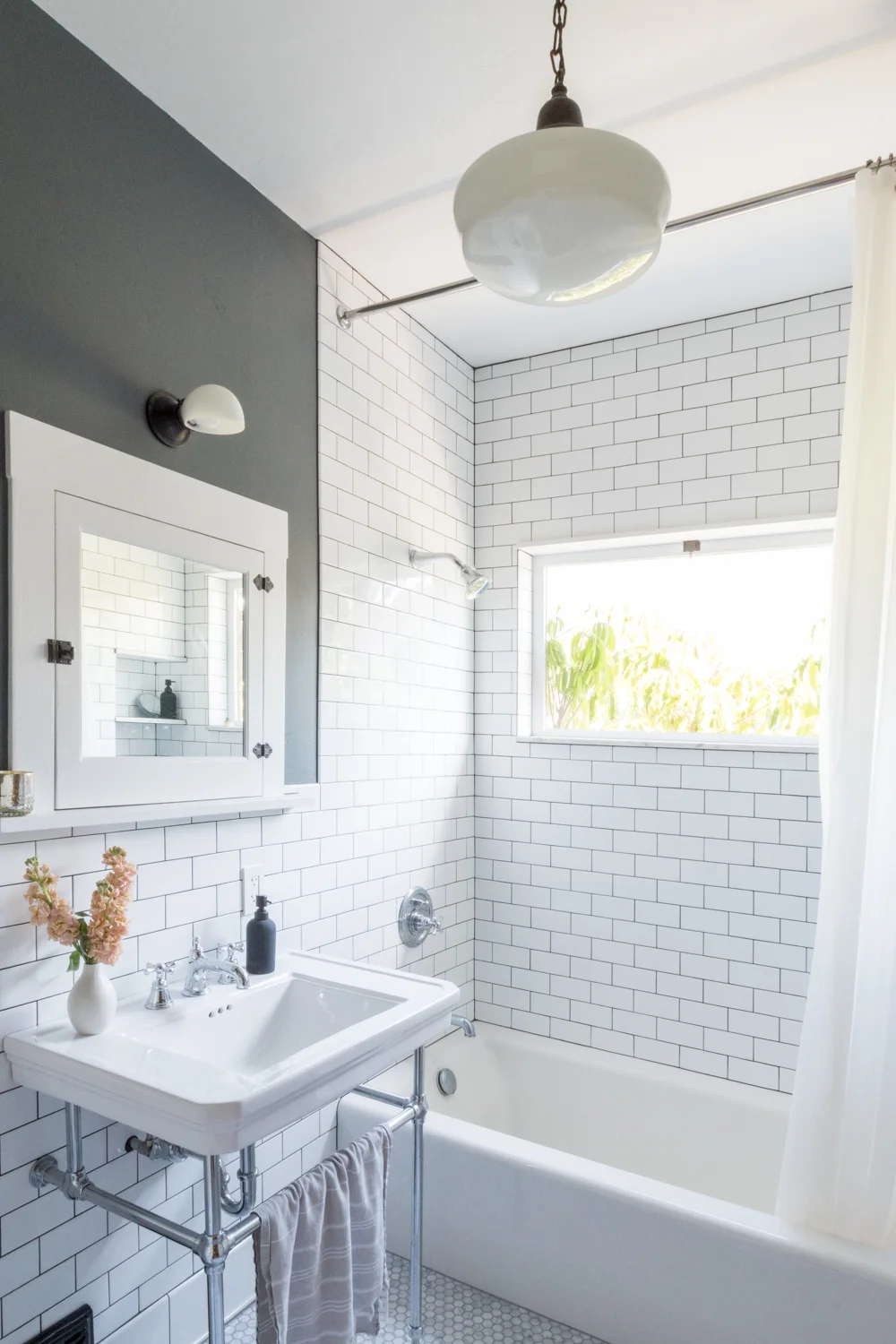

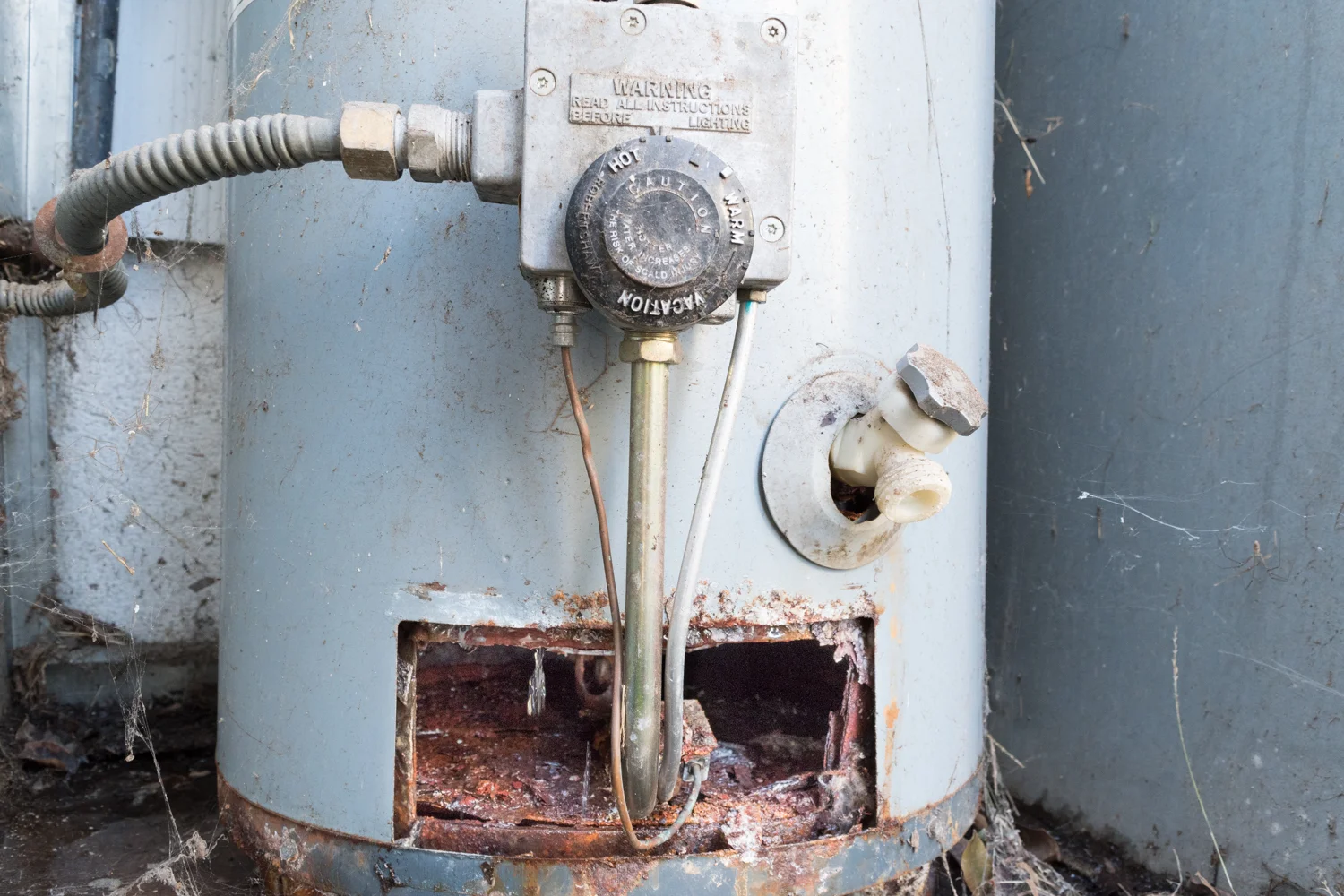
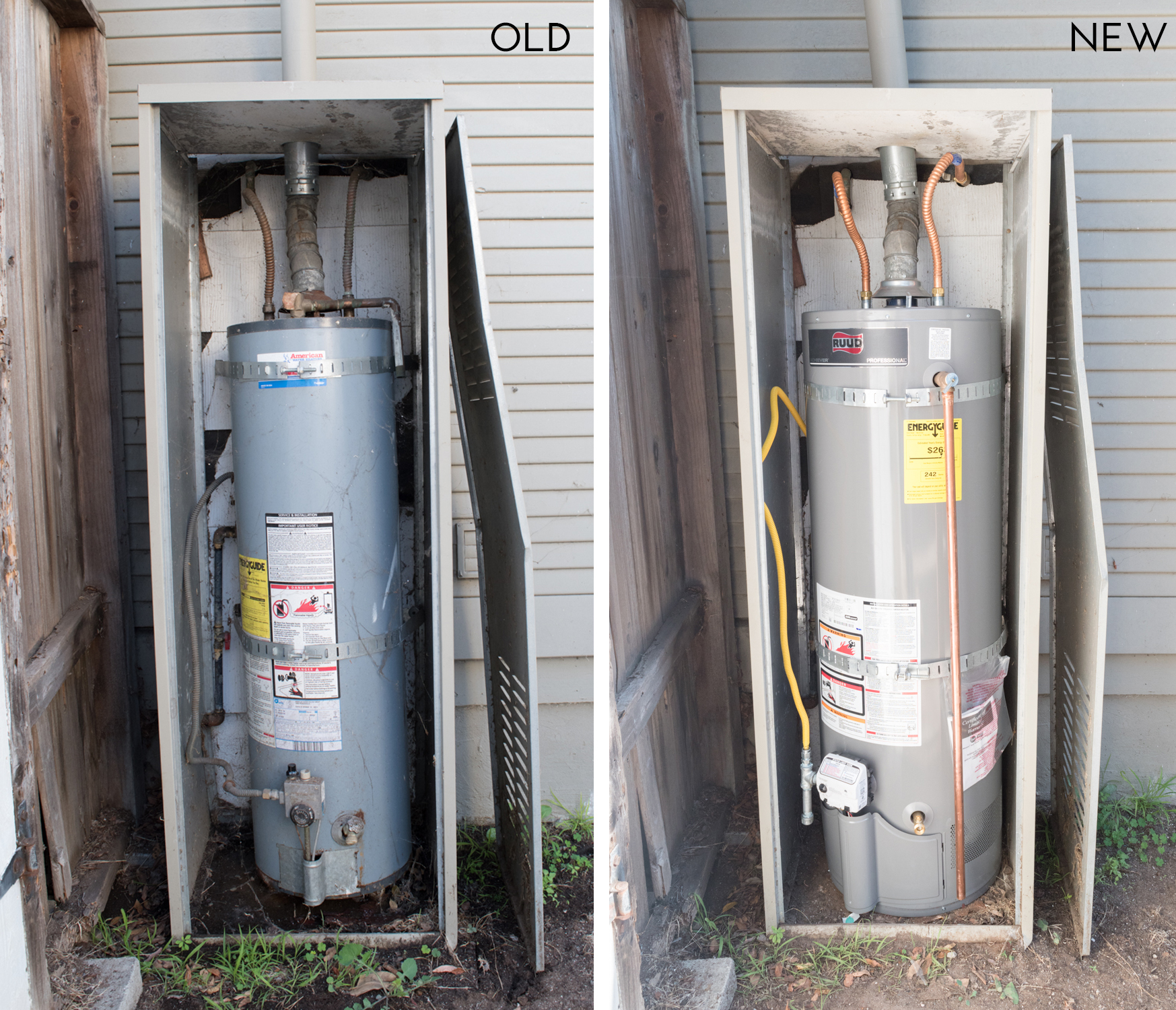














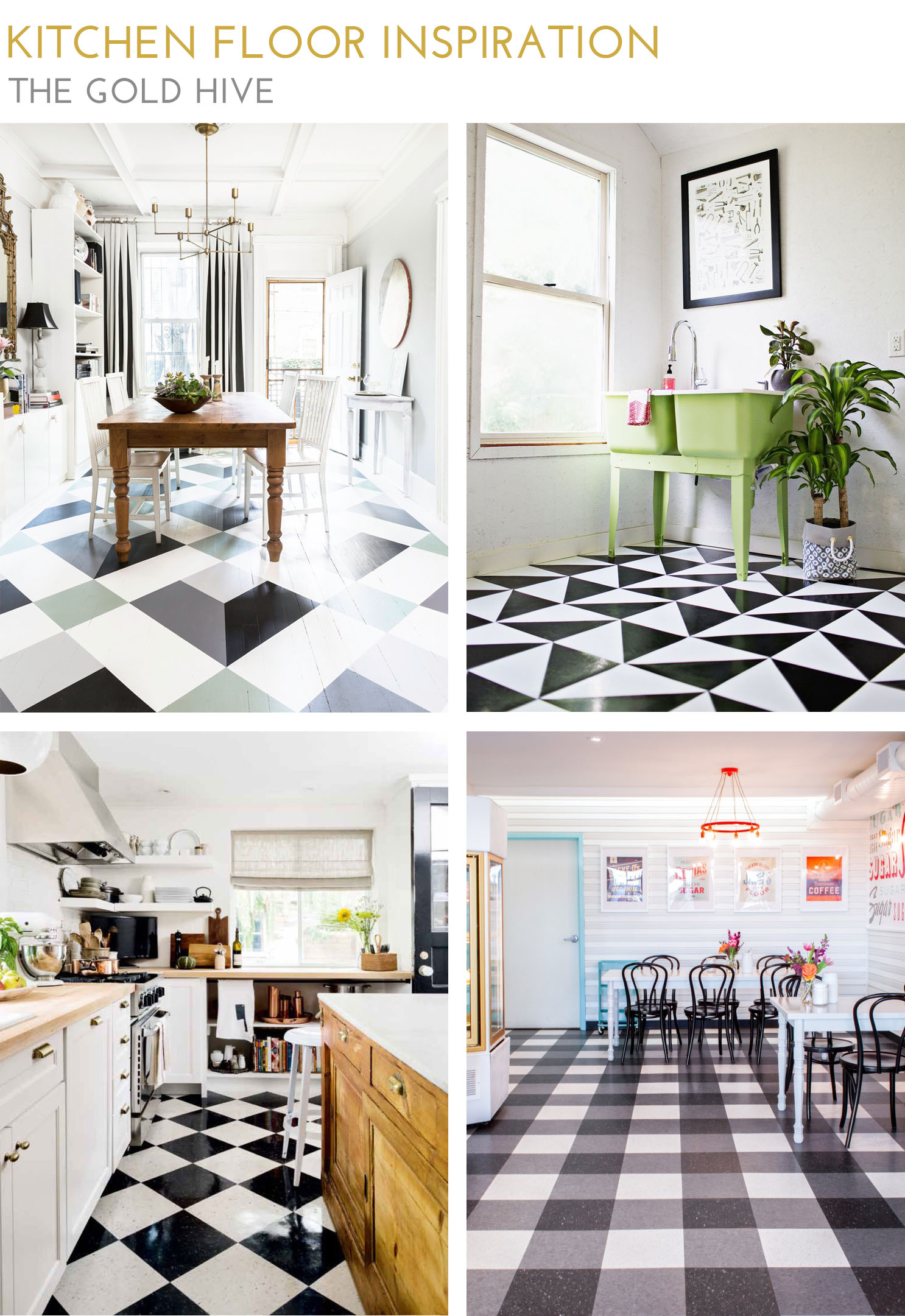

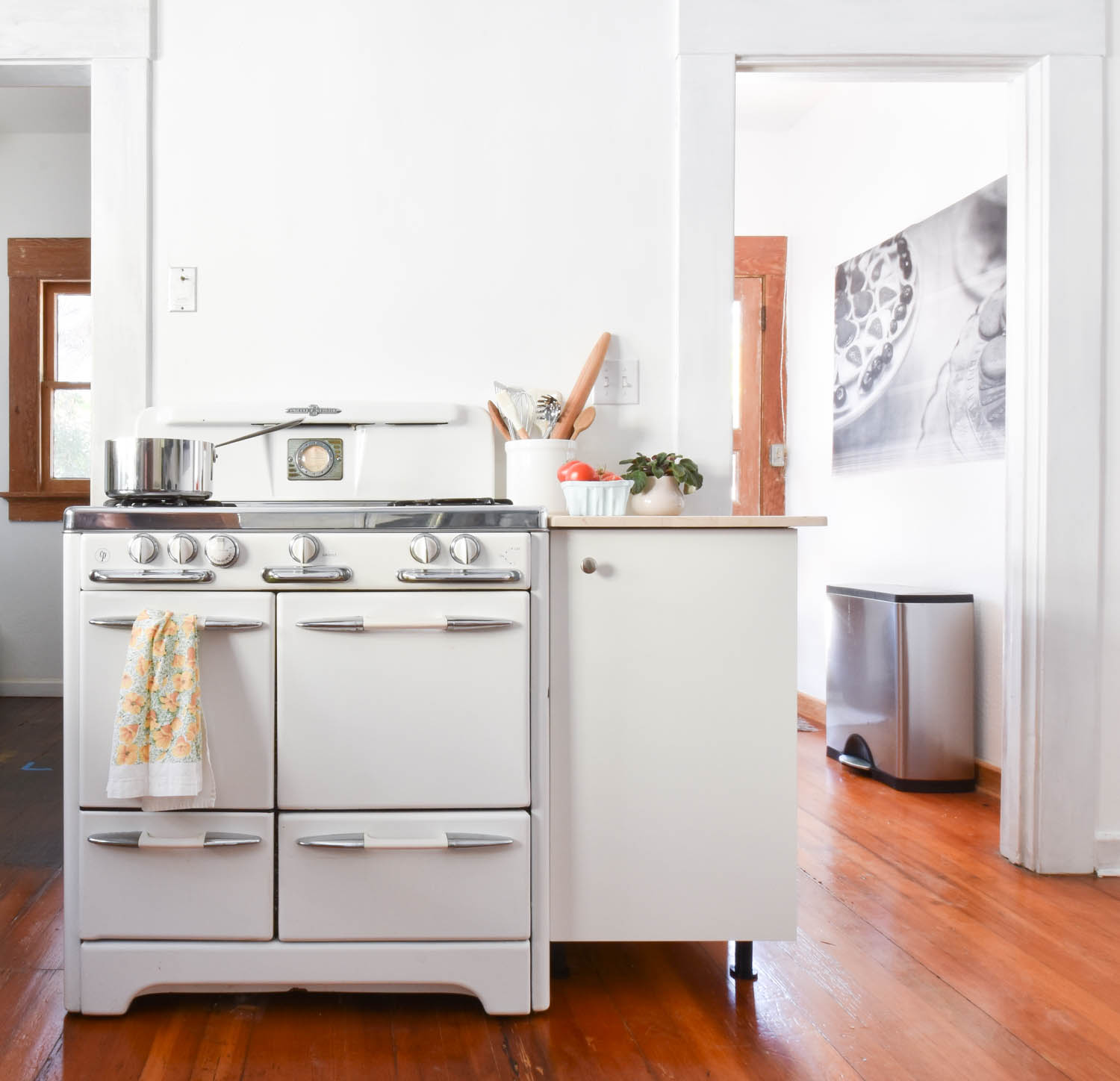
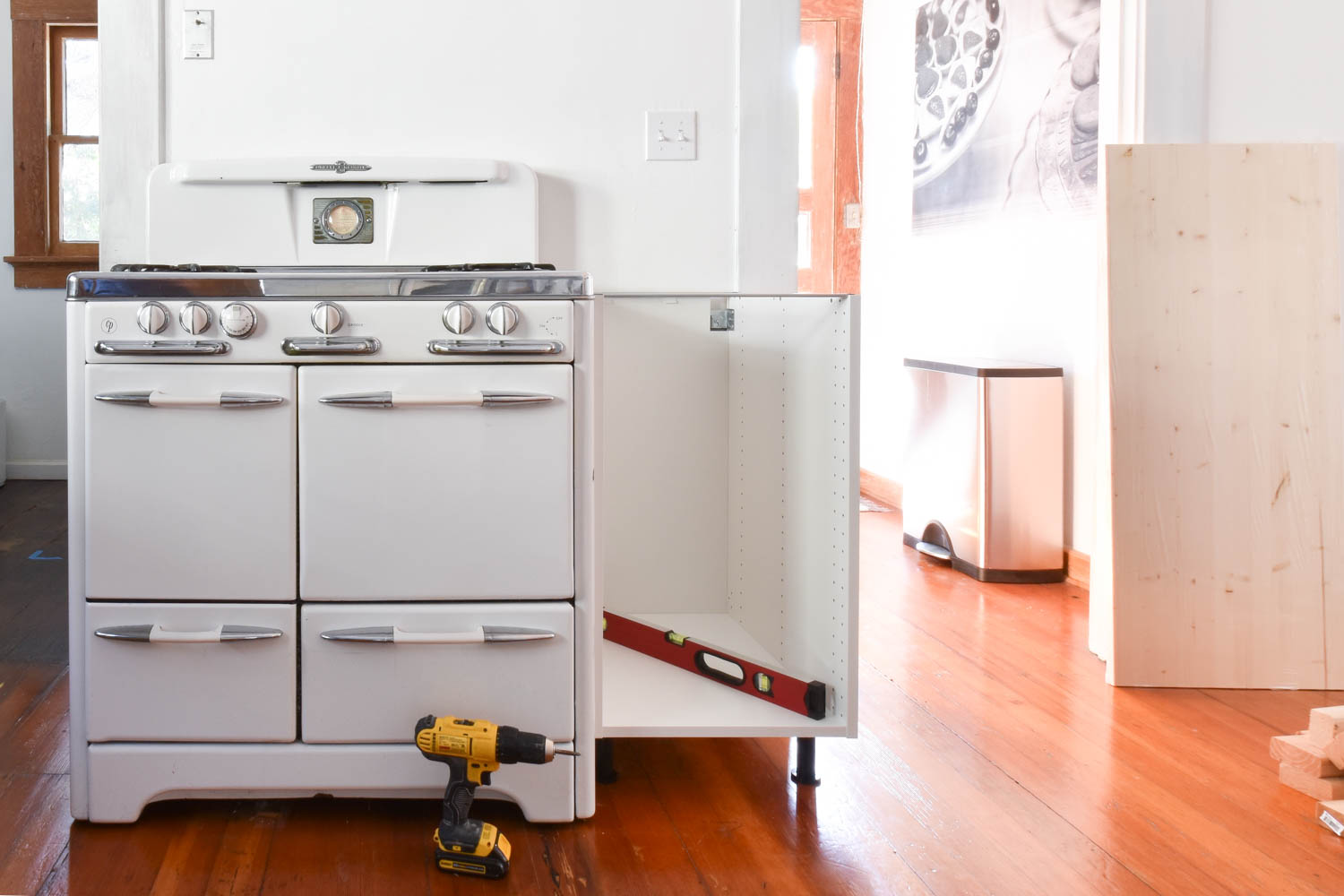












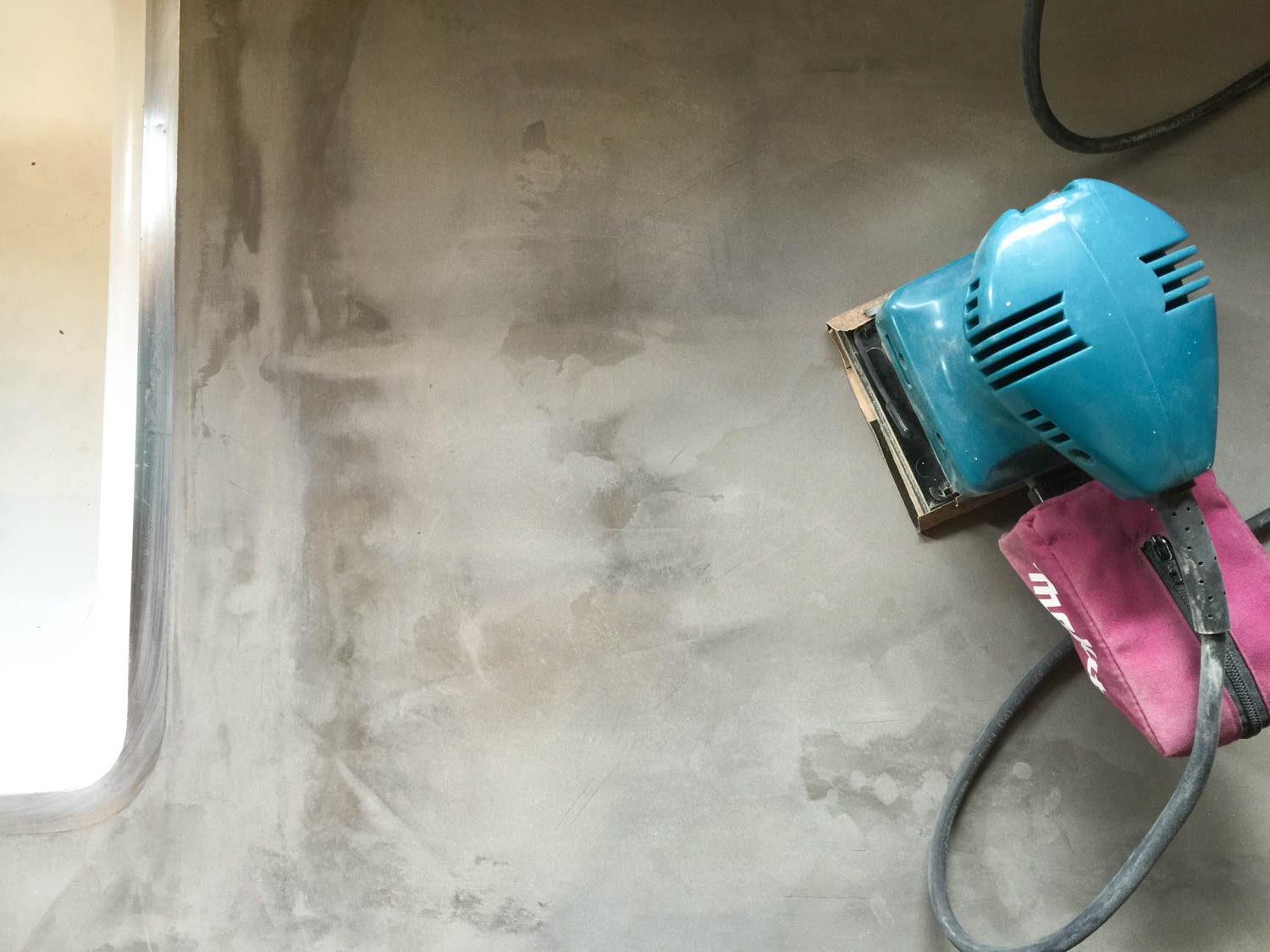



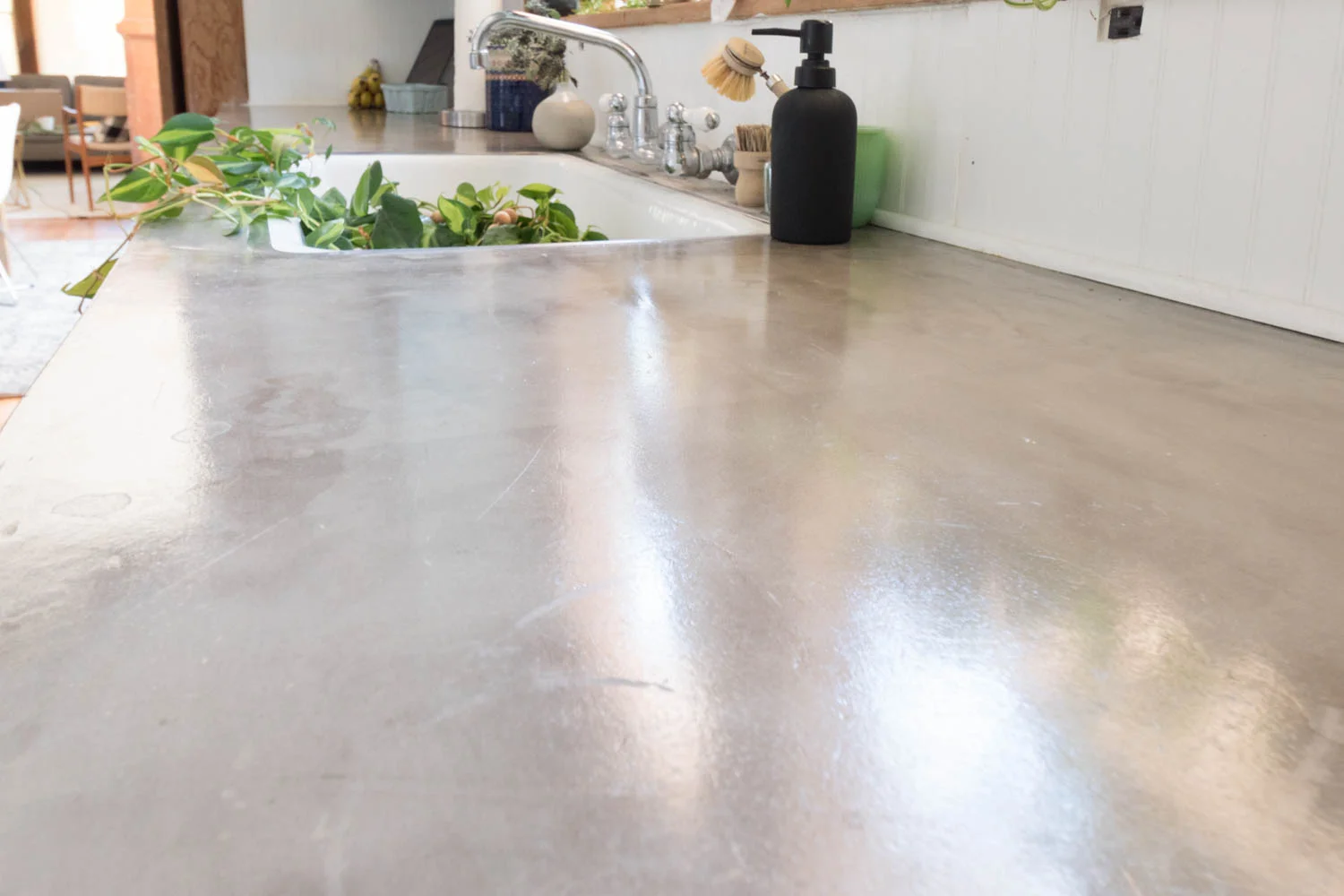






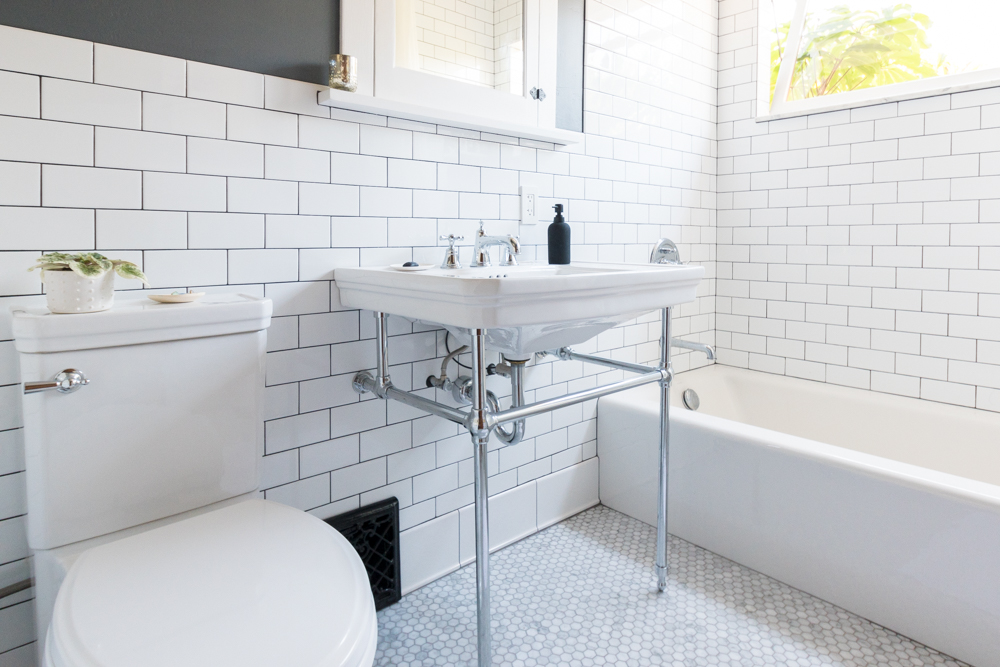
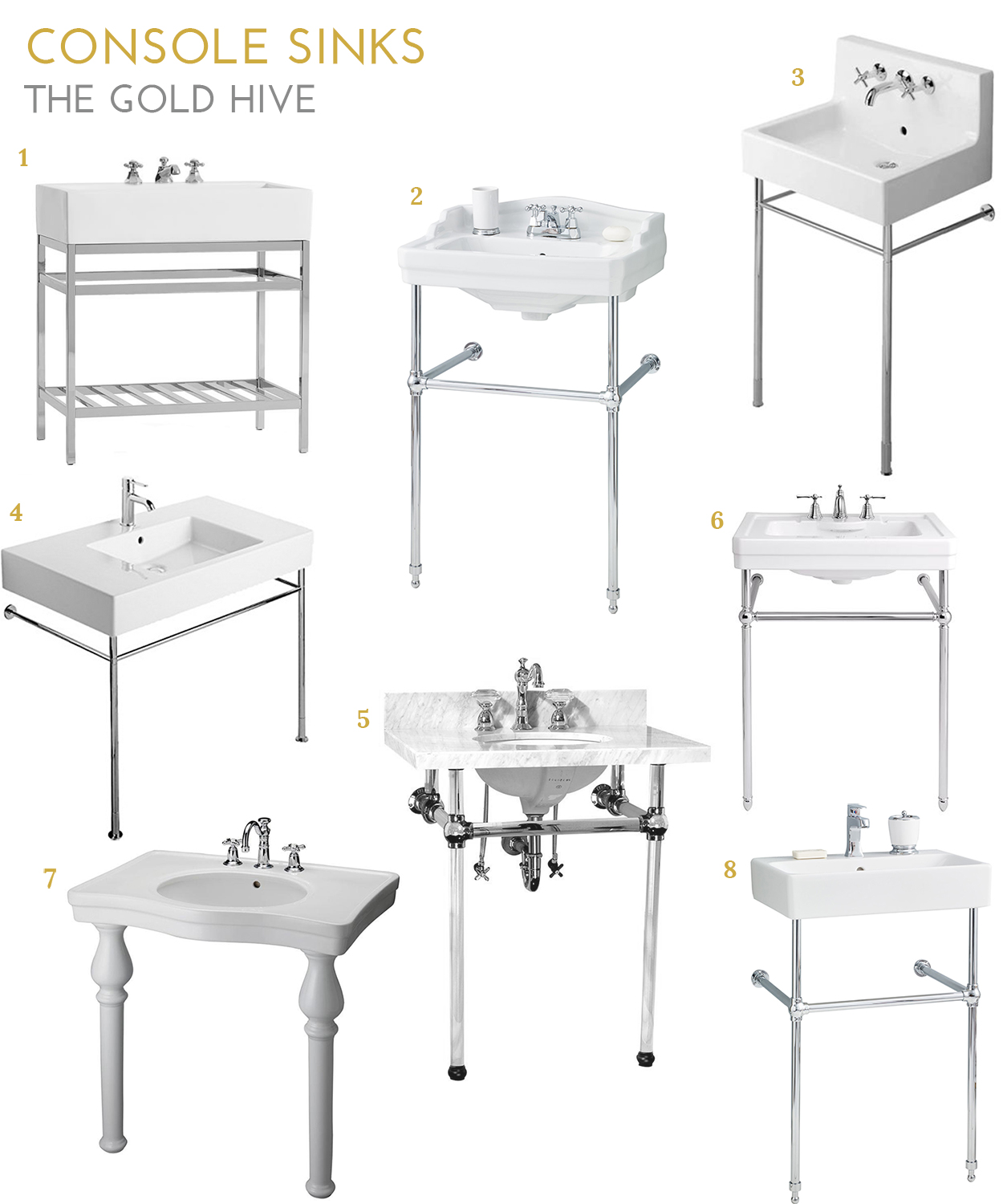























Hammocks, cookbooks, gardening, sewing, and the other things I’ve been up to on my impromptu break, and more.